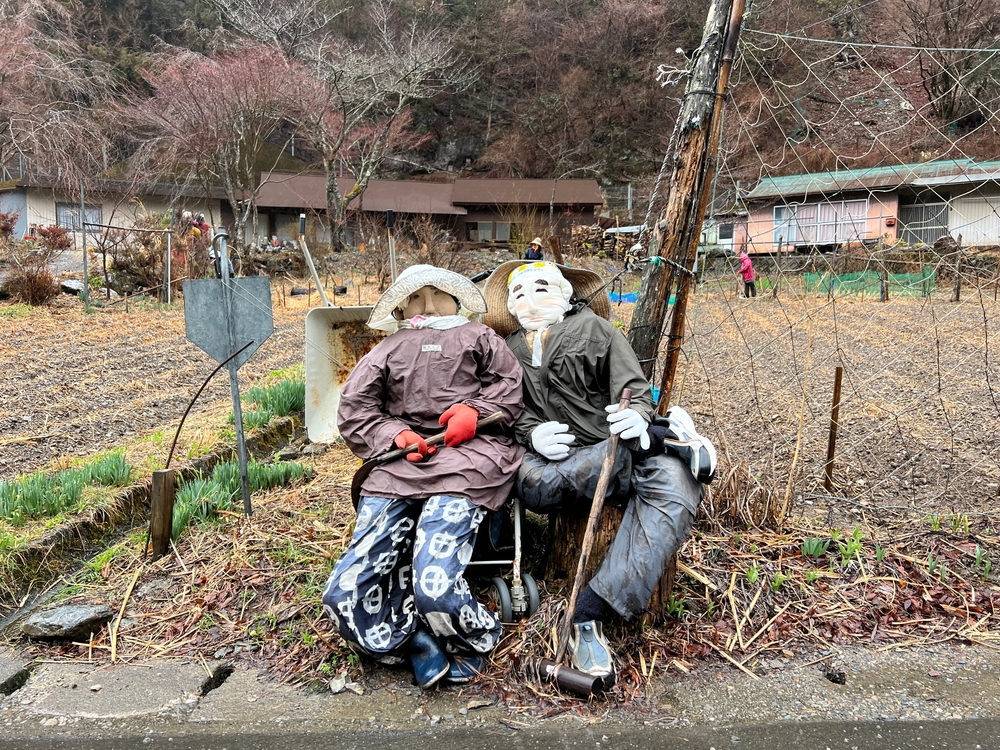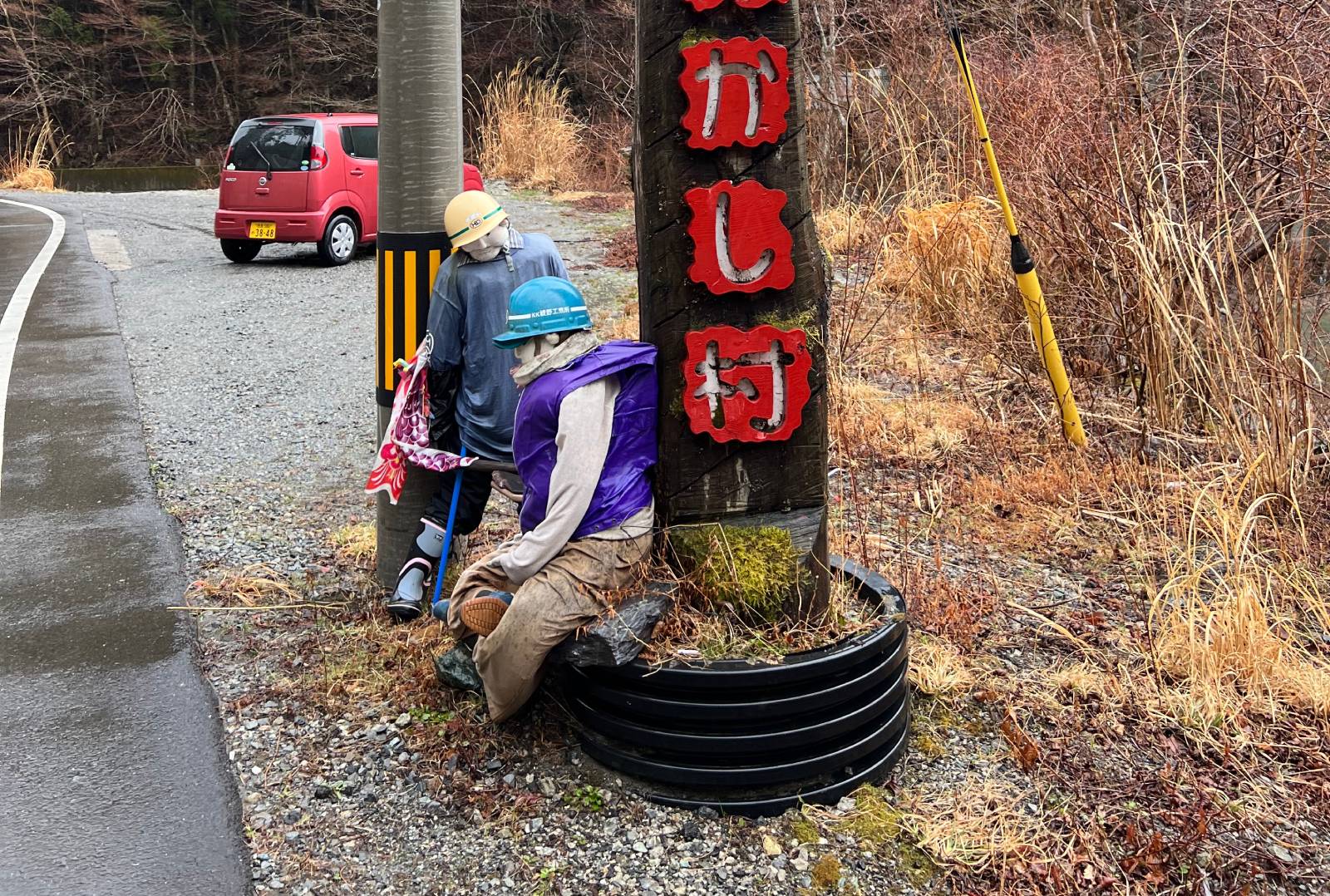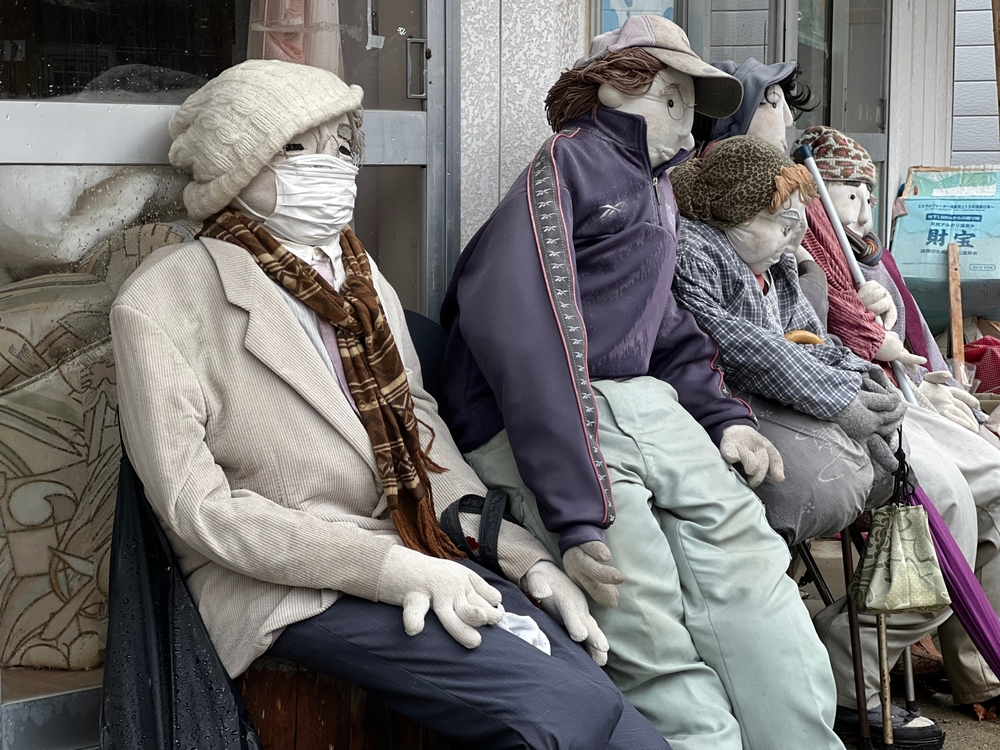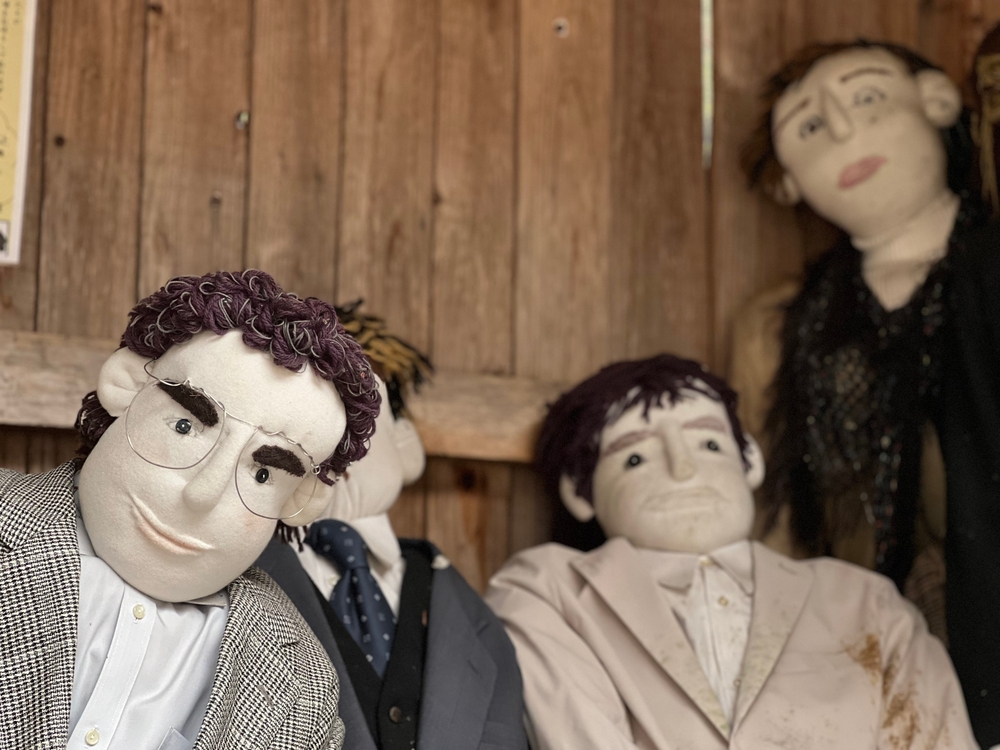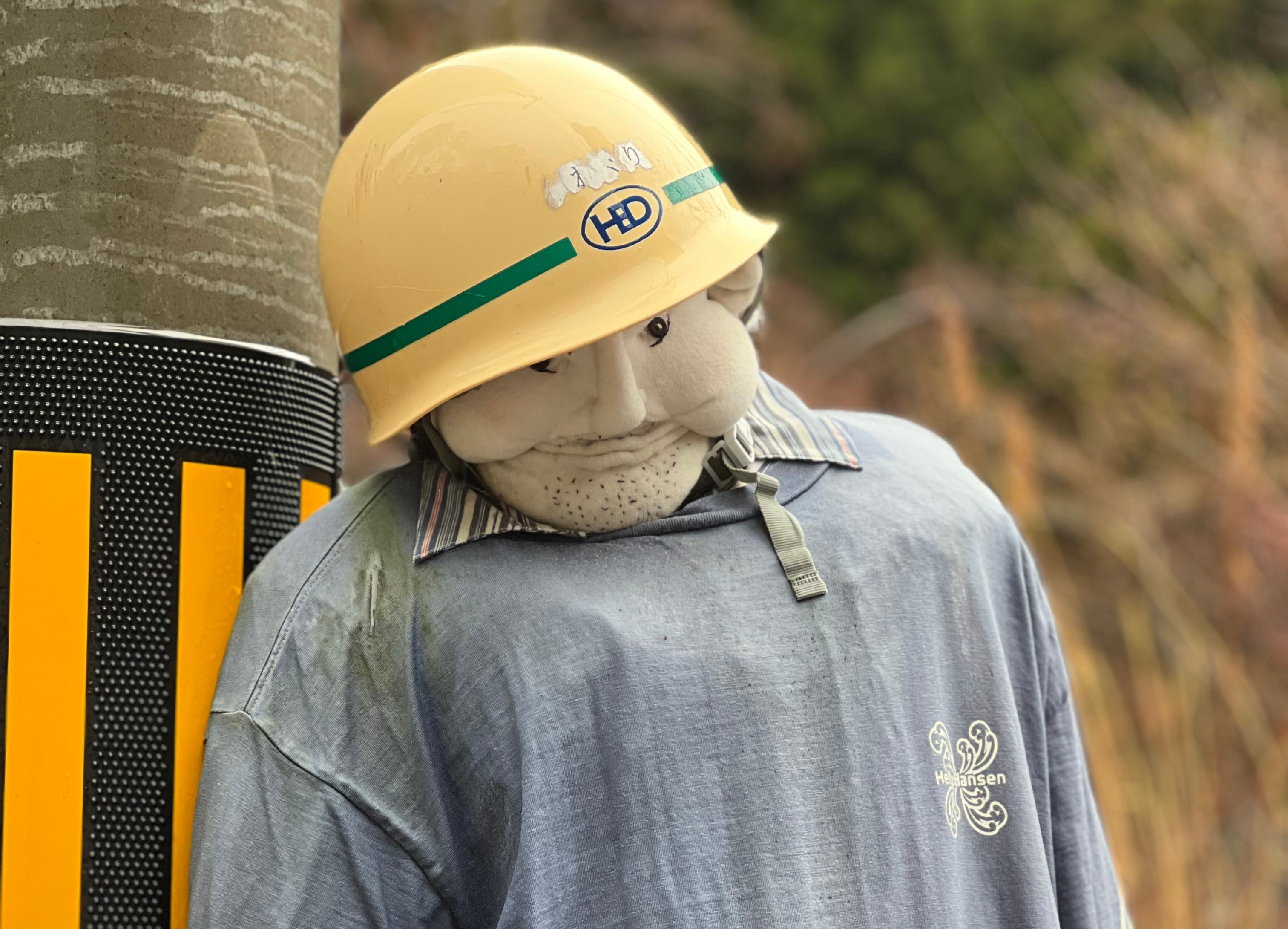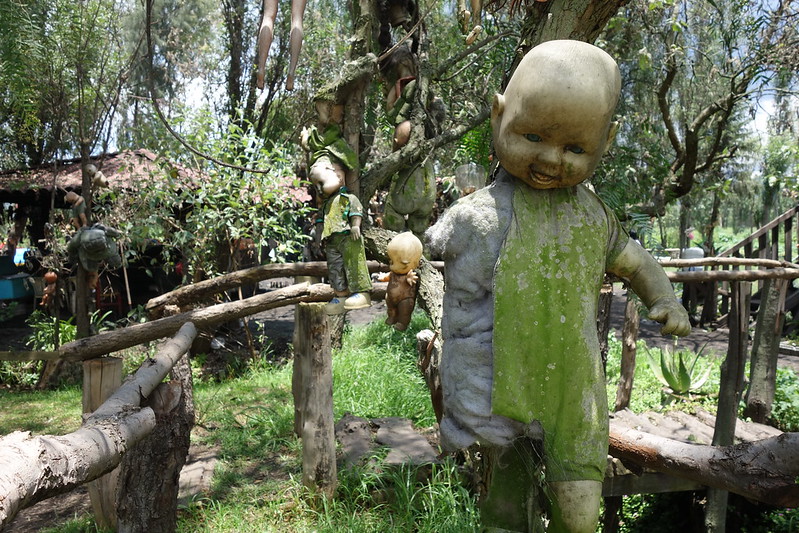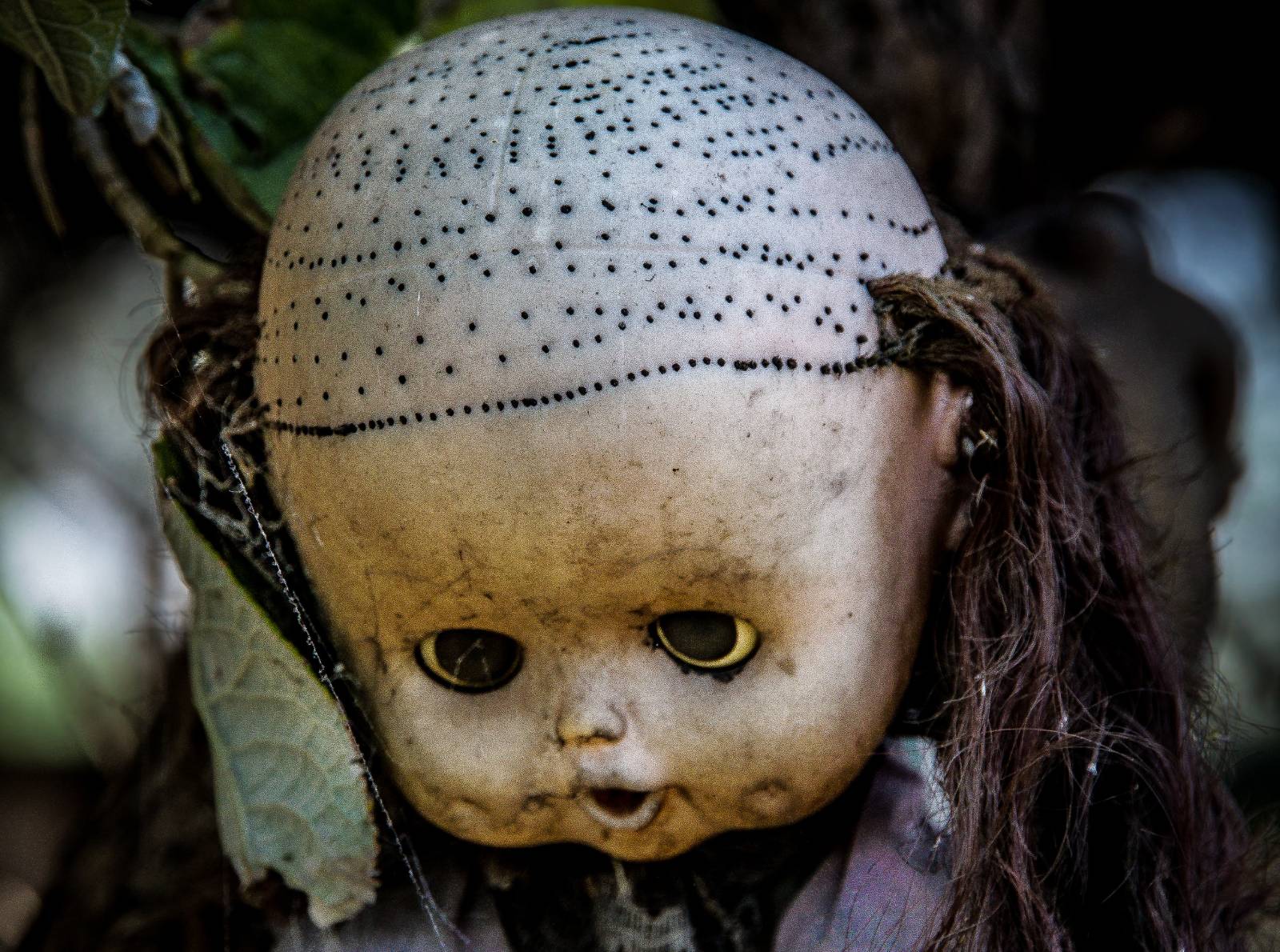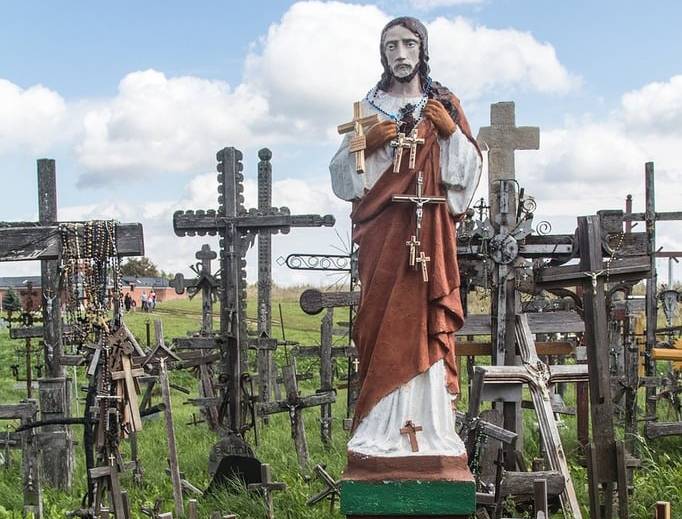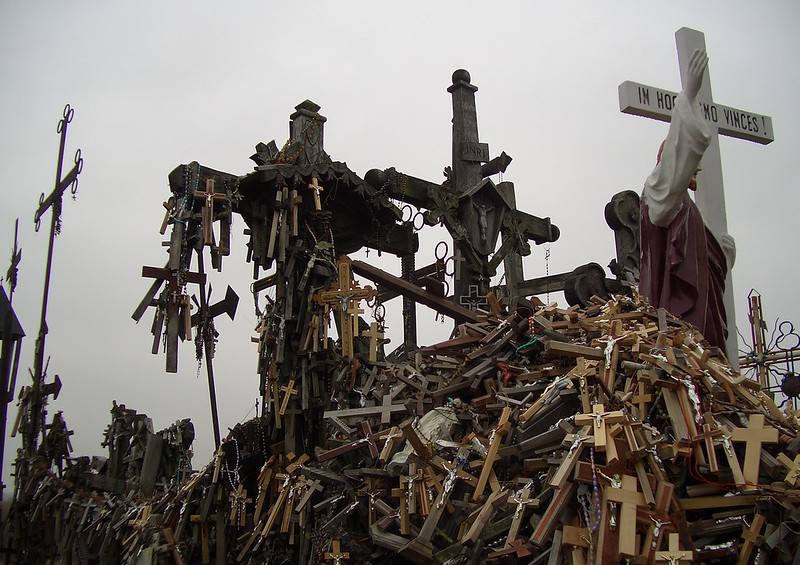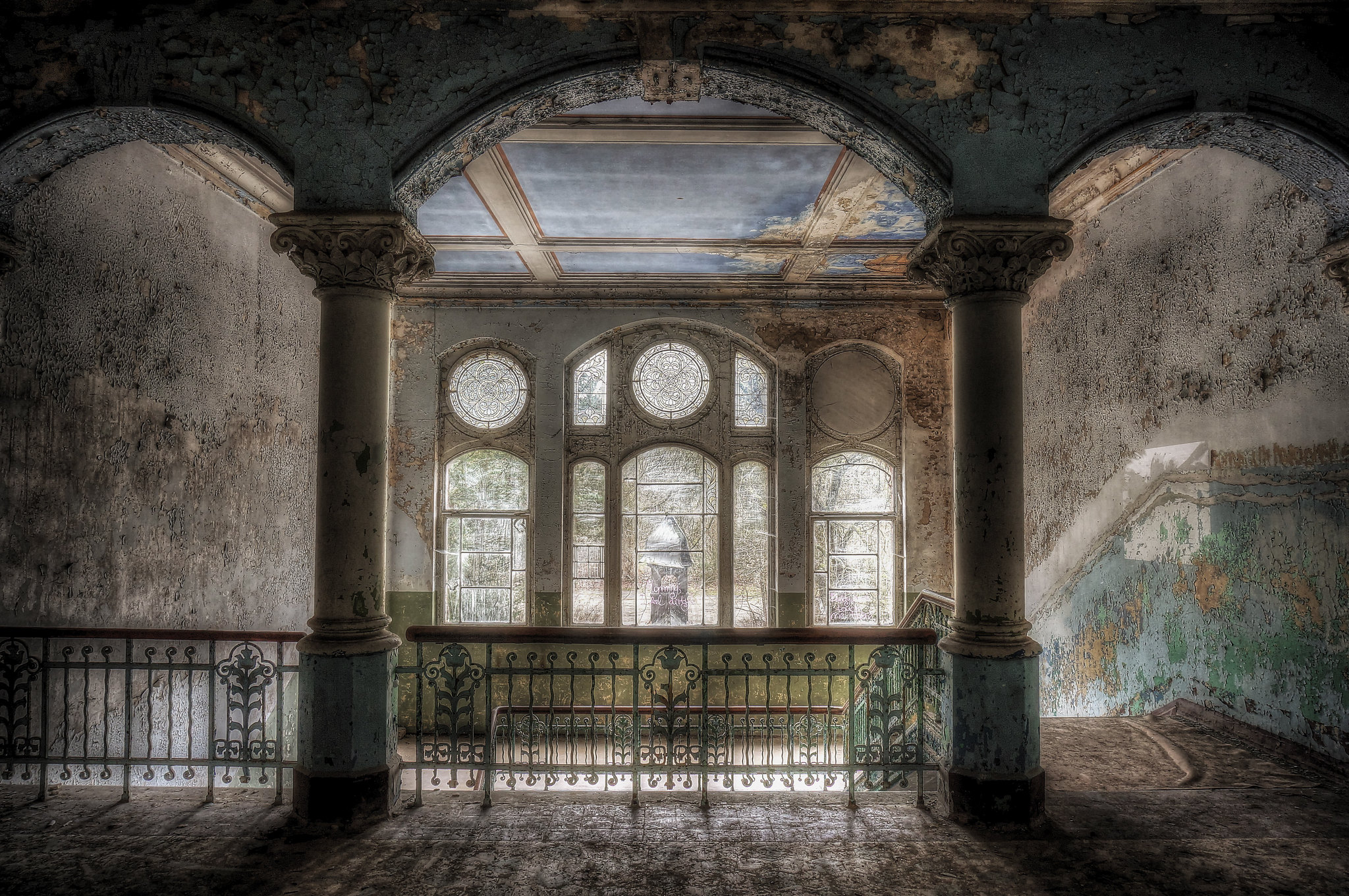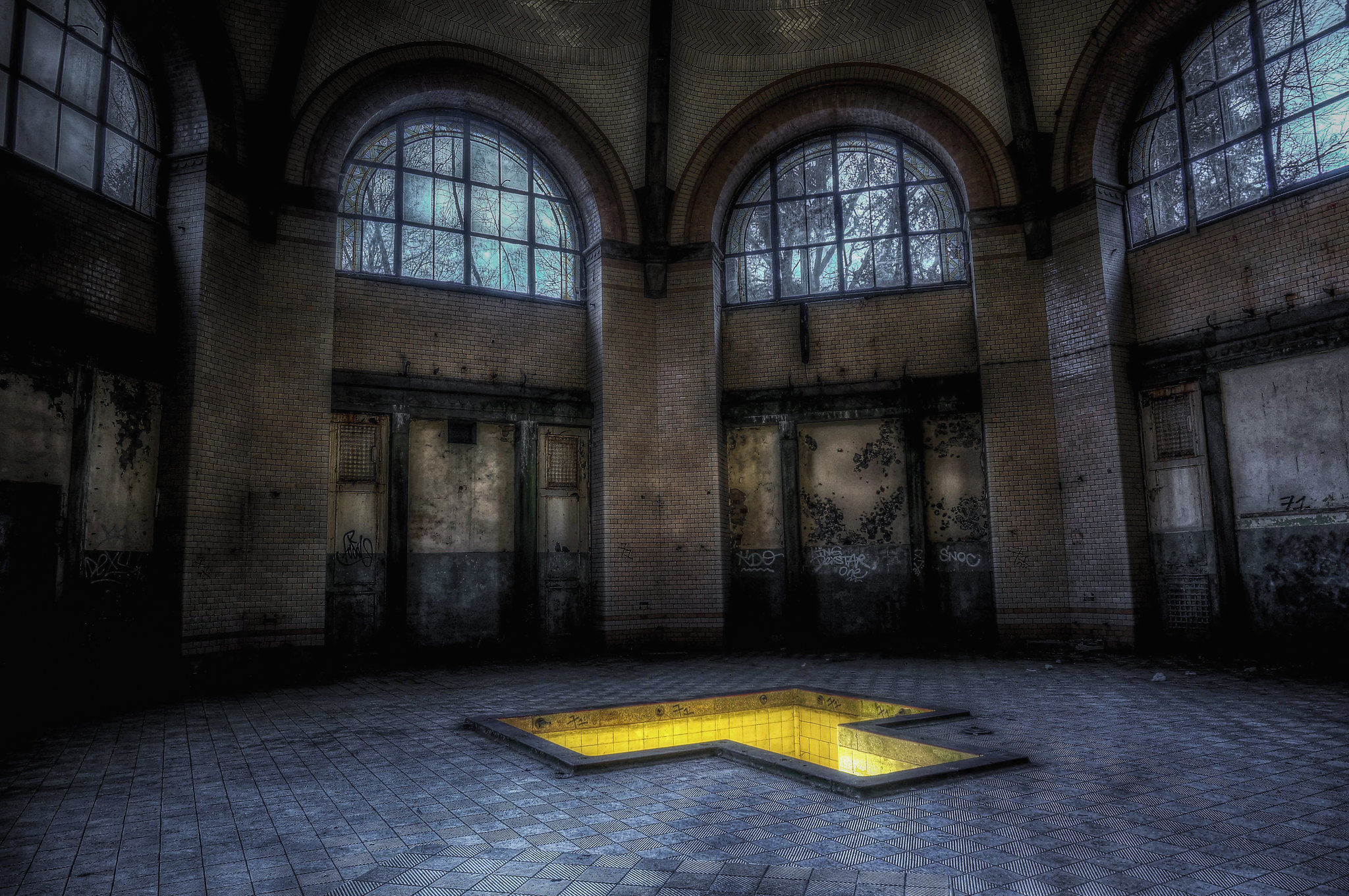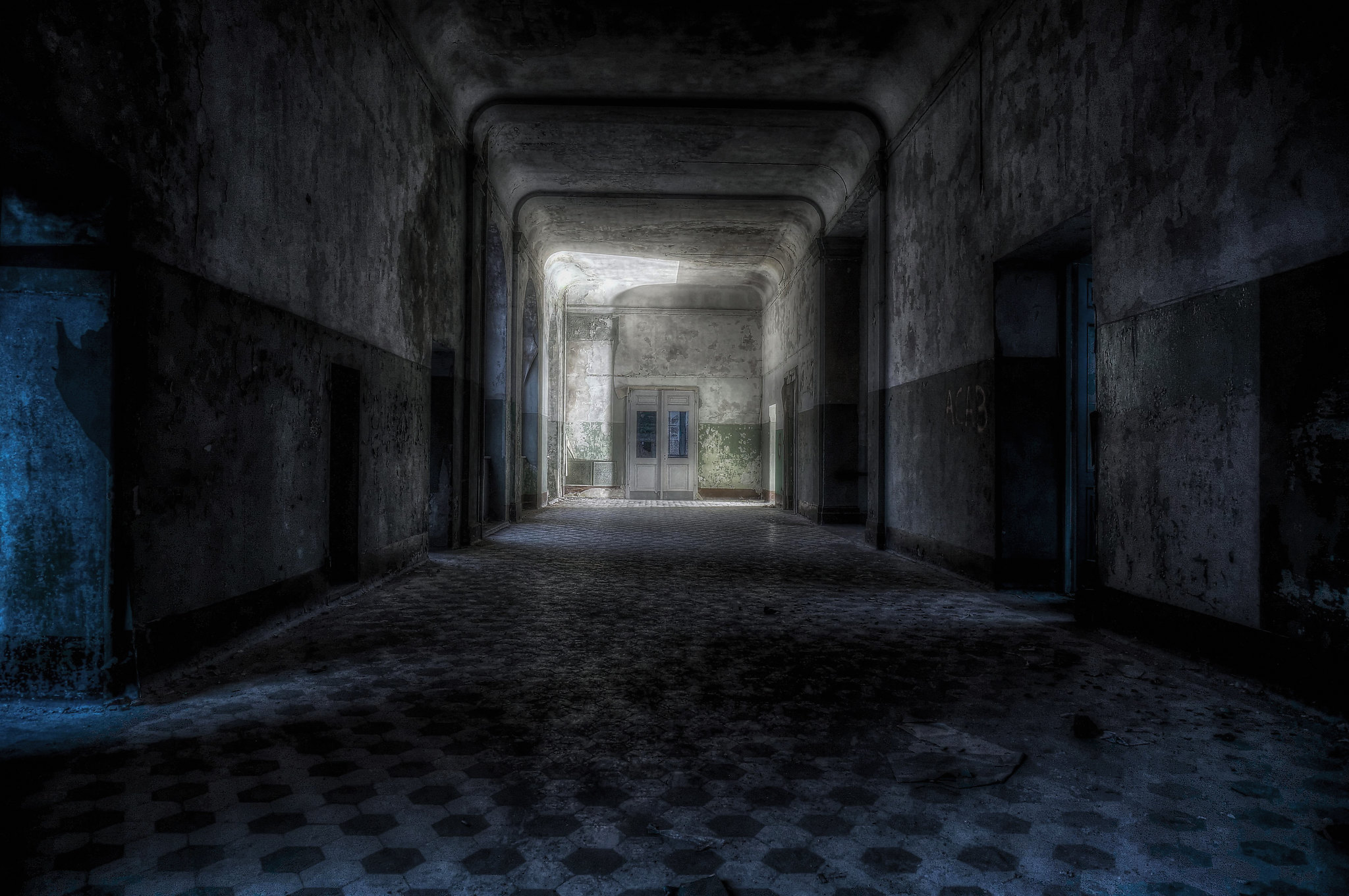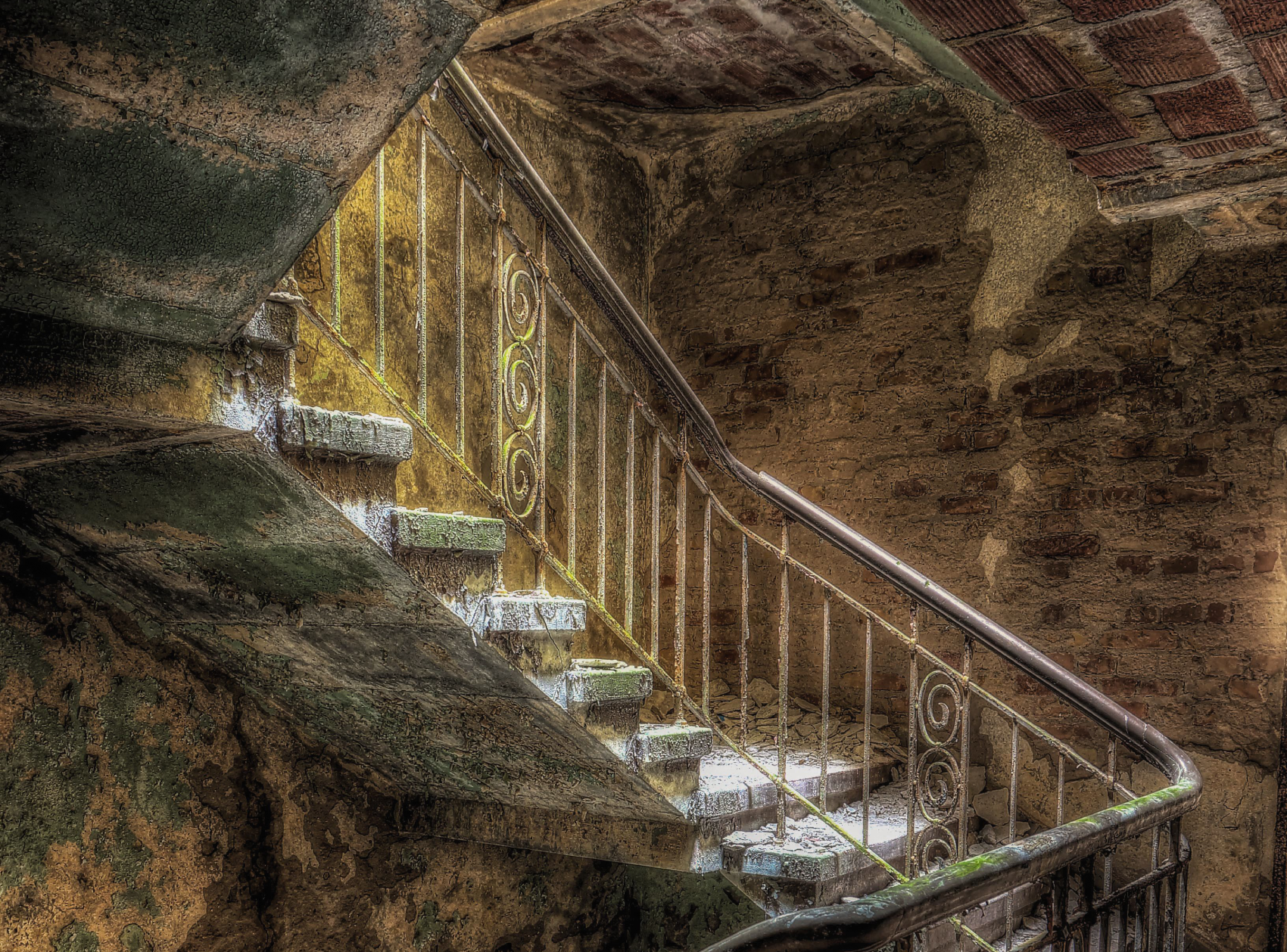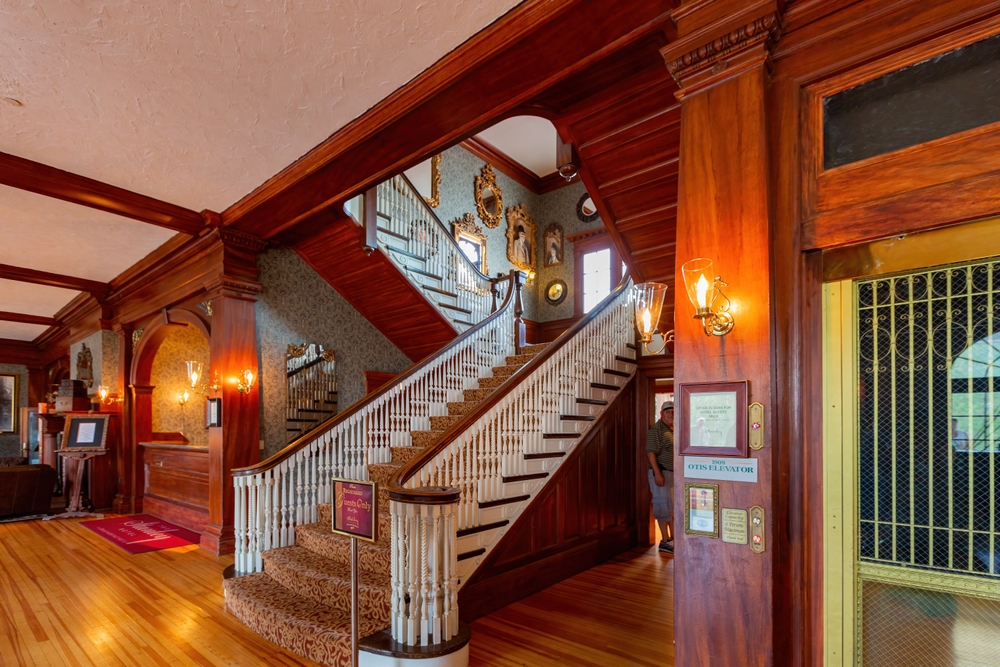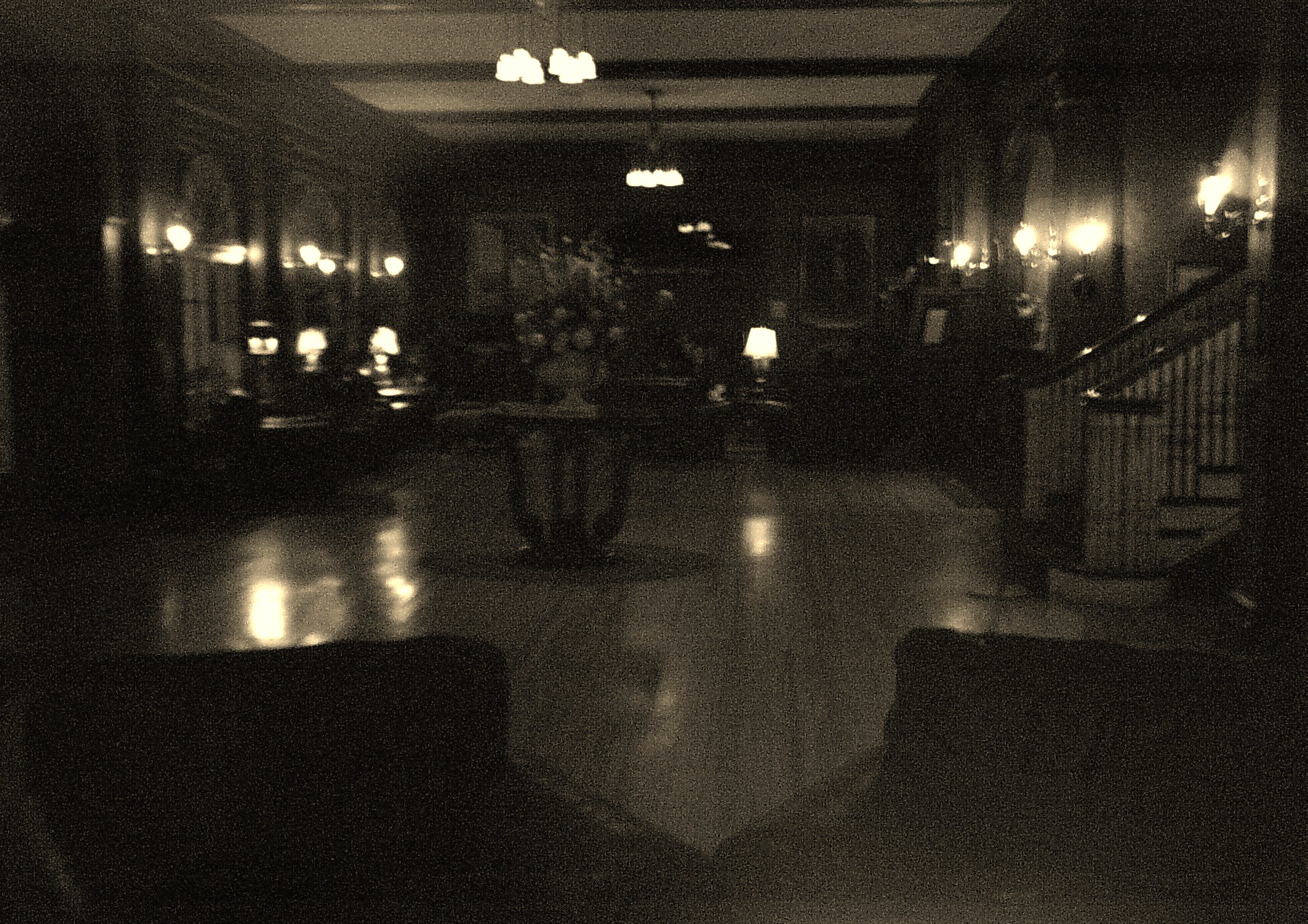These Destinations Will Give You Goosebumps
The world can be a vast, terrifying place—but some locations have utterly chilling histories that aren't for the faint of heart. Buckle up, because these are the creepiest places in the world.

The "Scarecrow Village" In Japan
If you're the kind of person to be freaked out by dolls and mannequins, then Nagoro, Japan probably isn't the place for you. Though it may seem like a quaint village in the Iya Valley, there is something deeply unsettling about it.
The "Scarecrow Village" In Japan
For those entering Nagoro for the first time, they'll likely see villagers going about their daily routines—gardening or waiting for the bus. However, these aren't real villagers—they're scarecrows.
The "Scarecrow Village" In Japan
Quite shockingly, there are far more of these scarecrow residents than real people in Nagoro. As of 2019, there were around 10 scarecrows to every local. However, the more pressing question here is, why?
The "Scarecrow Village" In Japan
The story of Nagoro's stuffed scarecrows begins with a woman named Tsukimi Ayano. Ayano spent some of her childhood in the village but later moved to Osaka. It wasn't until 2002 that she finally returned to care for her father. She was the one responsible for the very first scarecrow.
The "Scarecrow Village" In Japan
Ayano's first scarecrow, which looked like her father, was a practical measure, and like most scarecrows, only had one job—to scare away pesky birds from going after seeds. But this was only the beginning.
 Fotogratfritz, Valley of the Dolls (2014)
Fotogratfritz, Valley of the Dolls (2014)
The "Scarecrow Village" In Japan
Due to the aging population in Nagoro and the dwindling number of residents, Ayano decided to put her scarecrow-making skills to good use. For those who left, she would replace them with their very own scarecrow.
The "Scarecrow Village" In Japan
Though Nagoro once had around 300 residents, over the years, that number has shrunk drastically. The young people have moved on in search of greener pastures, while the elderly eventually passed on. By 2019, there were only 27 locals.
The "Scarecrow Village" In Japan
When Ayano's neighbor passed, she made a scarecrow based on her likeness. It was a way to preserve the memory of her, and allowed Ayano to commune with her even though she was no longer around. However, she didn't stop there.
The "Scarecrow Village" In Japan
As time slipped on and more villagers perished or left, Ayano began creating scarecrows to remember them by. It took her around three days to create each doll. In a melancholy way, it also injected some life into a village that was on the brink of disappearing.
The "Scarecrow Village" In Japan
Over the years, Ayano has made hundreds of these scarecrows—and now they're everywhere you look. You can spot a happy couple by the river, construction workers, and a fisherman, among many others. Perhaps most unnerving is Nagoro's school.
The "Scarecrow Village" In Japan
After the last students departed, Ayano made scarecrows to take their places at the abandoned school. Though no real teaching goes on here, there are many scarecrows made to represent teachers, students, and even parents.
The "Scarecrow Village" In Japan
Nagoro was never a must-see destination until Ayano's scarecrows rose to fame. In 2014, a short documentary called Valley of Dolls, directed by Fritz Schumann, shed light on this fascinating village. As more people caught wind of what was going on there, the more tourists and visitors it attracted.
Even Ayano has said, “Before the scarecrows, it was just an ordinary village no one really cared about".
 Fotogratfritz, Valley of the Dolls (2014)
Fotogratfritz, Valley of the Dolls (2014)
The "Scarecrow Village" In Japan
As of 2019, Tsukimi Ayano has stated that she has no plans to stop making these special—though slightly creepy—scarecrows: “The reason why I came back was to take care of my father. If I get sick or old, I might go live with my children or other family in Osaka. But as long as I’m healthy, I’d like to stay in Nagoro, and continue making the scarecrows".
The Island Of The Dolls
The Island of the Dolls, or La Isla de las Muñecas, can be found in Mexico City—a chinampa in the Xochimilco canals. This unbelievable island is absolutely covered in dolls, and the legend behind it is deeply disturbing.
 Emmanuel Eslava, CC BY-SA 4.0, Wikimedia Commons
Emmanuel Eslava, CC BY-SA 4.0, Wikimedia Commons
The Island Of The Dolls
If you've been itching to see the largest collection of haunted dolls then you've come to the right place. However, these chilling dolls didn't just spring up out of nowhere. It all began with one man—and one doomed little girl.
 Emmanuel Eslava, CC BY-SA 4.0, Wikimedia Commons
Emmanuel Eslava, CC BY-SA 4.0, Wikimedia Commons
The Island Of The Dolls
To understand the origin story of this island, we have to look at the strange life of Don Julian Santana Barrera, who abandoned his family in the mid-1900s to live on the island. A short time after he settled in, a devastating tragedy came to pass.
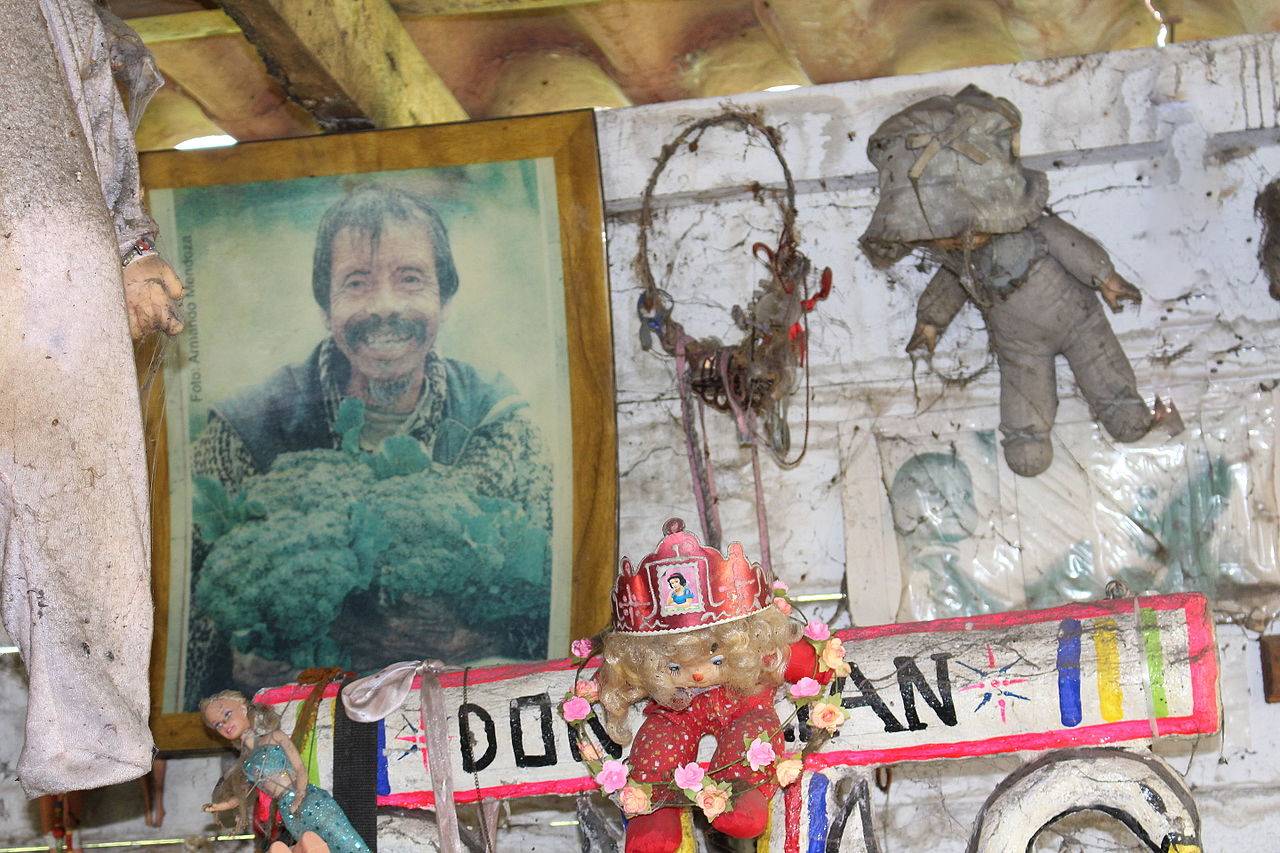 Px-lga, CC BY-SA 4.0, Wikimedia Commons
Px-lga, CC BY-SA 4.0, Wikimedia Commons
The Island Of The Dolls
As the story goes, Barrera discovered the drowned body of a young girl in the canals. The following day, he found something else in the canals: a doll.
 Amrith Raj, CC BY-SA 3.0, Wikimedia Commons
Amrith Raj, CC BY-SA 3.0, Wikimedia Commons
The Island Of The Dolls
Thinking that this doll likely belonged to the little girl, Barrera took it upon himself to display the doll in her honor—perhaps to keep her spirit at peace. However, he didn't stop there.
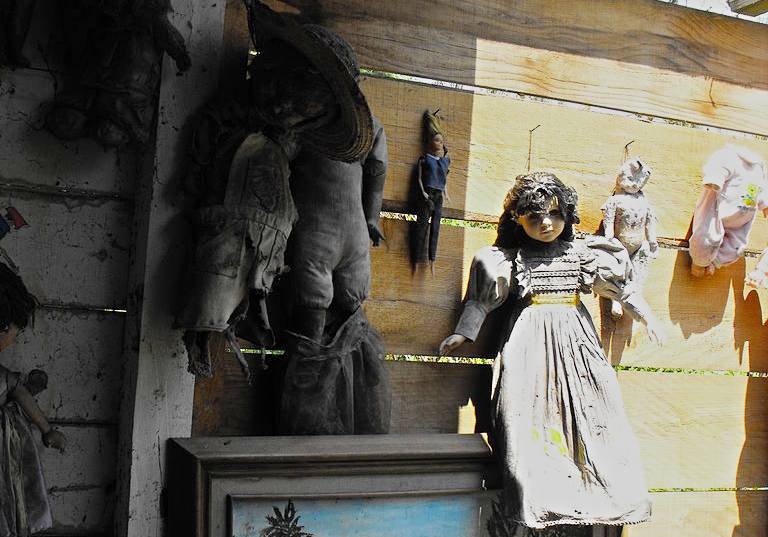 KatyaMSL, CC BY-SA 4.0, Wikimedia Commons
KatyaMSL, CC BY-SA 4.0, Wikimedia Commons
The Island Of The Dolls
For the rest of his life, Barrera became utterly devoted to transforming the island into a shrine. He looked for dolls wherever he could, even pulling them from the trash and fishing them out of the canals. Some of these dolls were broken or limb-less, but that didn't matter. They all got strung up—their frozen eyes gazing straight ahead.
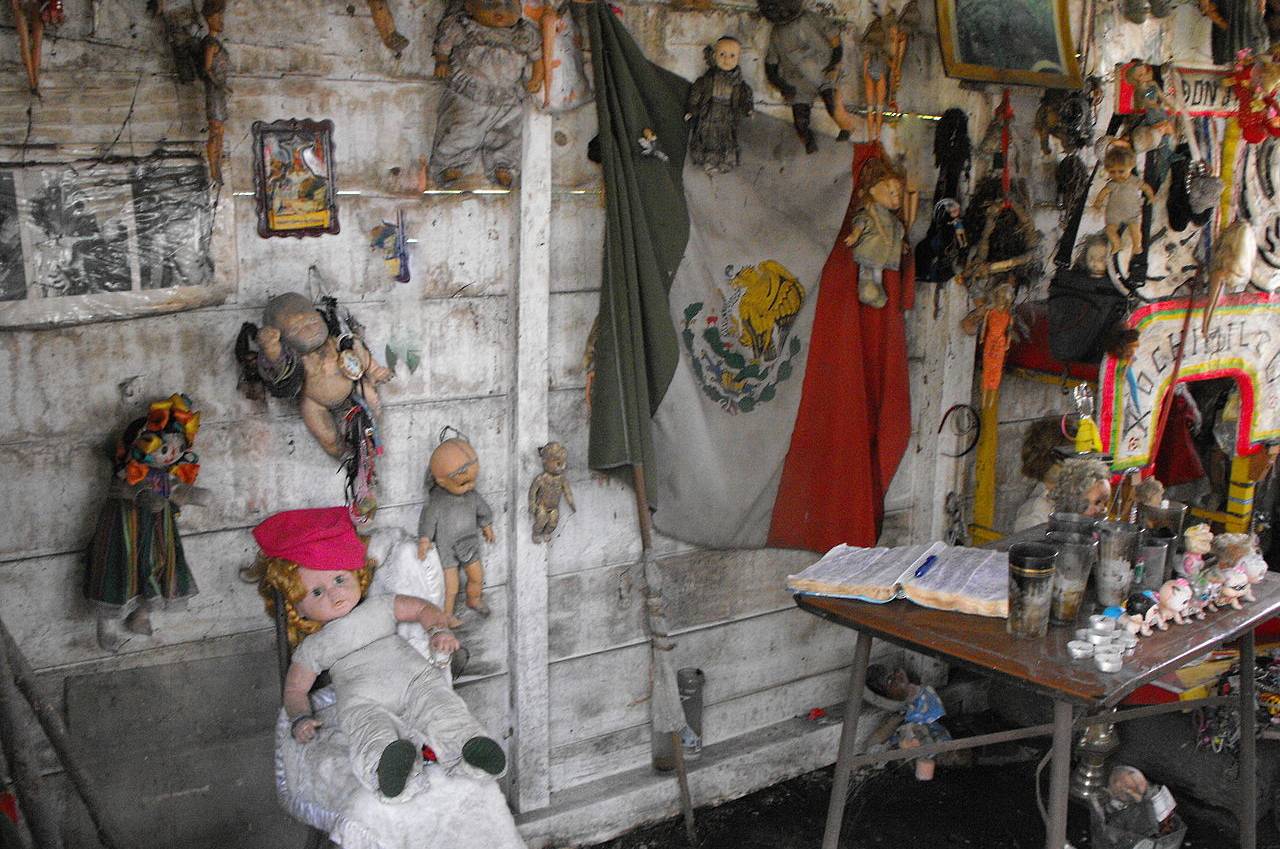 Psagency1990, CC BY-SA 4.0, Wikimedia Commons
Psagency1990, CC BY-SA 4.0, Wikimedia Commons
The Island Of The Dolls
This legend certainly doesn't paint Barrera as a man fully rooted in the real world. When it comes to the veracity of the story, skeptics have come to terms with many unanswered questions. For one, who was the little girl, and was there any evidence to suggest that she even existed?
The Island Of The Dolls
Some sources suggest that Barrera's recollection of the girl's demise didn't happen at all—and that perhaps, the entire tragic account simply transpired in his head. However, in the end, the most important character in this story is Barrera himself.
Whether of sound mind or utterly deranged, he shaped the island into what it is today. Even his own end was eerily fitting.
 Emmanuel Eslava, CC BY-SA 4.0, Wikimedia Commons
Emmanuel Eslava, CC BY-SA 4.0, Wikimedia Commons
The Island Of The Dolls
Barrera's sad demise is a story that comes full circle. You see, in 2001, 80-year-old Barrera was discovered floating in the canal—his back to the sky. Allegedly, he perished in the same spot where he originally found the little girl's body.
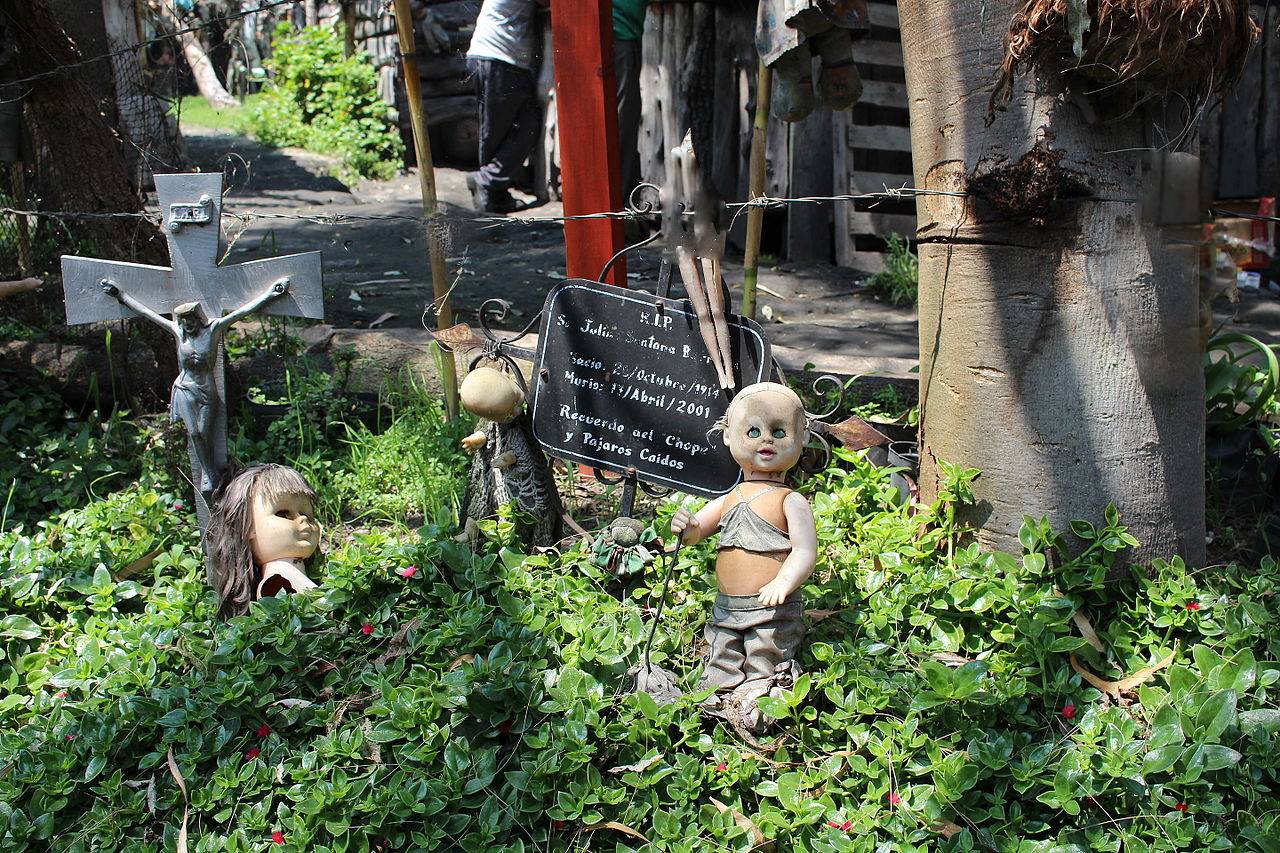 Px-lga, CC BY-SA 4.0, Wikimedia Commons
Px-lga, CC BY-SA 4.0, Wikimedia Commons
The Island Of The Dolls
Following his passing, Barrera's family capitalized on his demented creation, opening the site to the public. As a result, it has become a popular destination for dark tourism enthusiasts.
Curious visitors can also visit an information museum and even see that infamous first doll in person. But the creepiest part of all?
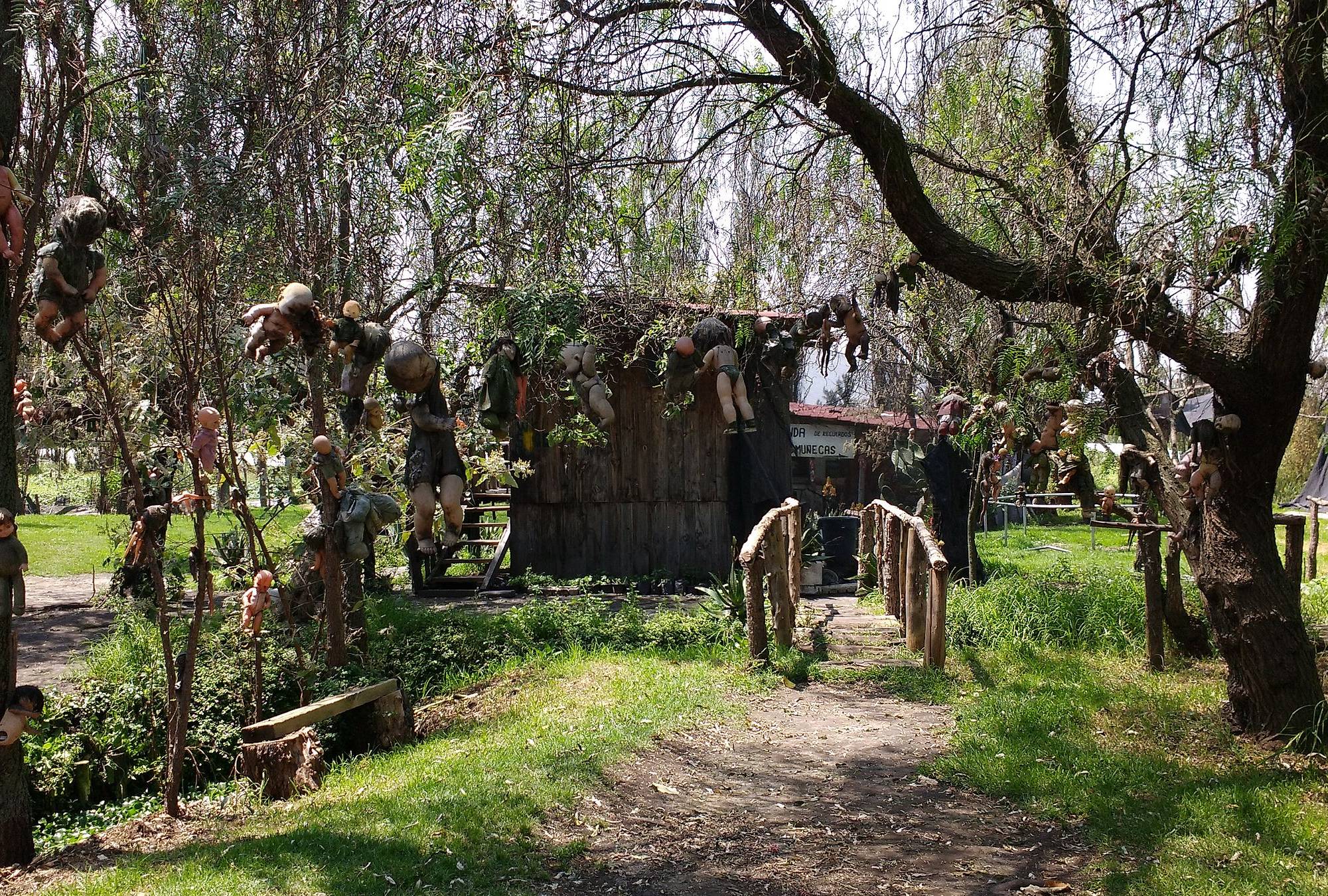 Karpinico, CC BY-SA 4.0, Wikimedia Commons
Karpinico, CC BY-SA 4.0, Wikimedia Commons
The Island Of The Dolls
Those who have visited the island have come forward with some pretty wild claims. Some say they have witnessed the dolls moving on their own: swiveling their heads, opening their eyes, and even whispering.
Lithuania's Hill Of Crosses
This pilgrimage site is equal parts fascinating and daunting. Kryžių Kalnas, also known as the Hill of Crosses, can be found on the outskirts of Šiauliai in Lithuania—and it looks exactly as it sounds.
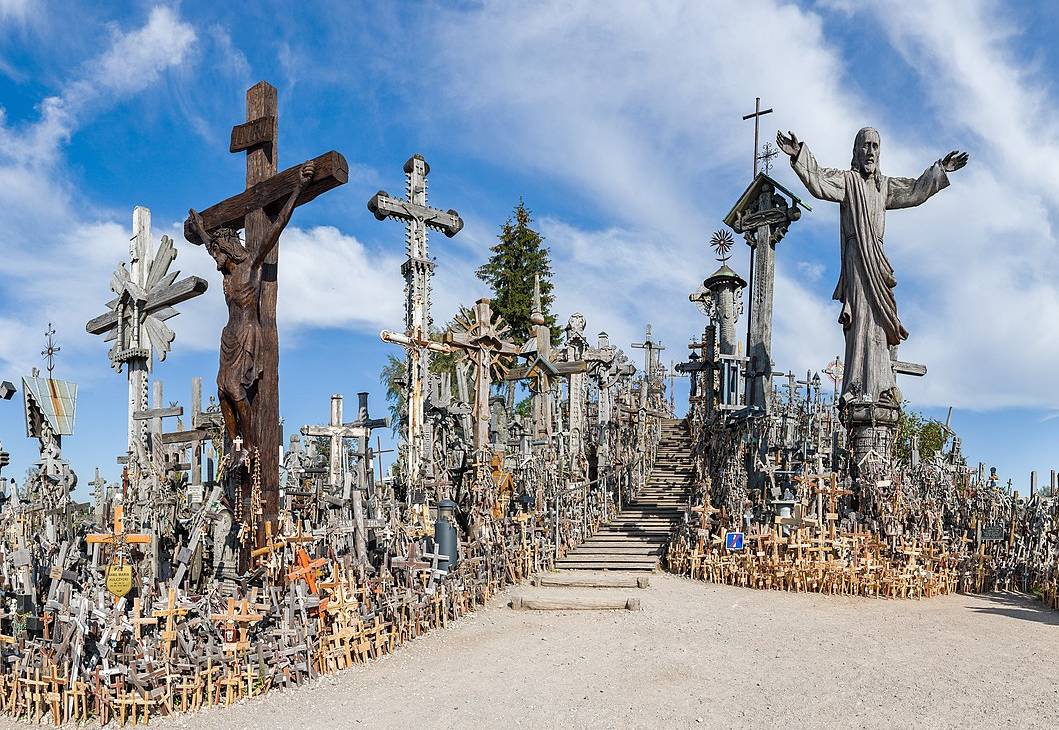 Diliff, CC BY-SA 3.0, Wikimedia Commons
Diliff, CC BY-SA 3.0, Wikimedia Commons
Lithuania's Hill Of Crosses
There are thousands of crosses made of all kinds of materials ranging from wood to metal. For almost 200 years, this site has grown to epic proportions, surviving even when outside forces have sought to destroy it.
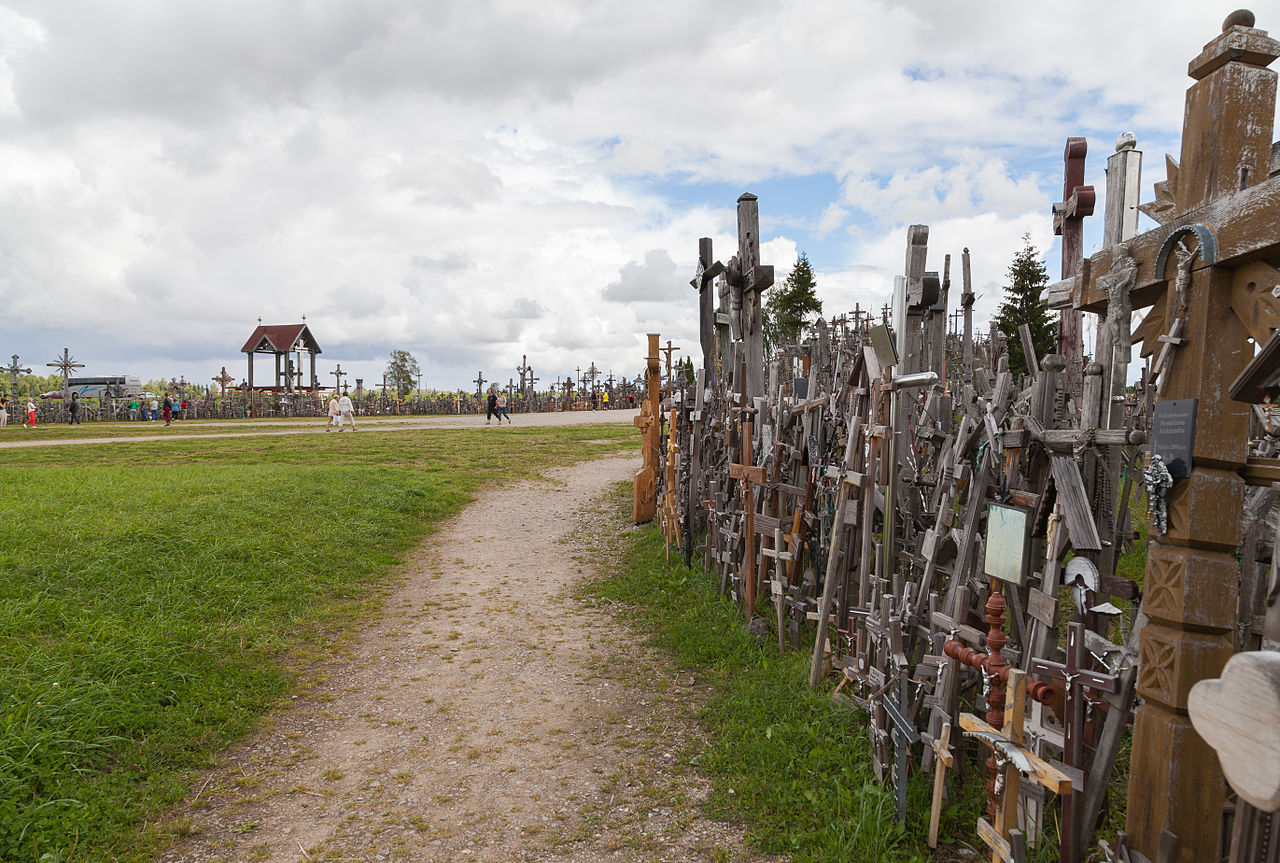 Diego Delso, CC BY-SA 3.0, Wikimedia Commons
Diego Delso, CC BY-SA 3.0, Wikimedia Commons
Lithuania's Hill Of Crosses
Many of these crosses and icons are dripping in rosaries that make a unique sound when the wind passes through them. This is a holy place, but it also feels quite haunted.
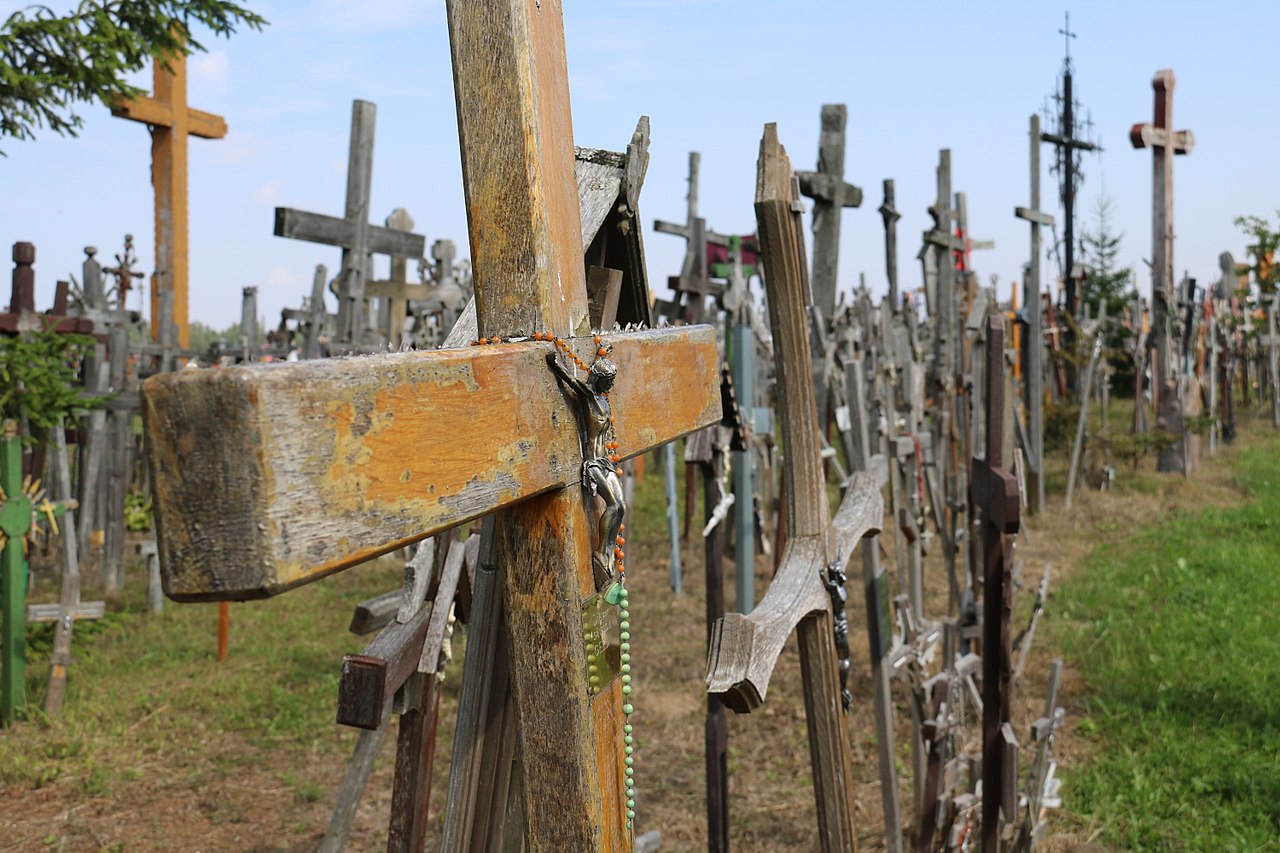 B. Villalba, CC BY-SA 4.0, Wikimedia Commons
B. Villalba, CC BY-SA 4.0, Wikimedia Commons
Lithuania's Hill Of Crosses
The Hill of Crosses is rooted in mystery, as nobody knows its true origin story. We can only rely on speculation and the few clues left behind. For instance, the first time the site was mentioned in writing was all the way back in 1850. However, most believe this tradition began at an even earlier date.
 Alet123, CC BY-SA 4.0, Wikimedia Commons
Alet123, CC BY-SA 4.0, Wikimedia Commons
Lithuania's Hill Of Crosses
Some claim that the Hill of Crosses may have begun as early as 1831, during the Russian regime. During this time, many people couldn't be openly religious or take part in their religious rituals.
 Mindaugas Macaitis, CC BY-SA 4.0, Wikimedia Commons
Mindaugas Macaitis, CC BY-SA 4.0, Wikimedia Commons
Lithuania's Hill Of Crosses
Facing the strict rules of an oppressive regime, many grieving families weren't allowed to bury their lost ones in cemeteries. It's alleged that those in mourning placed the very first crosses. But this isn't the only story that explains this notorious hill.
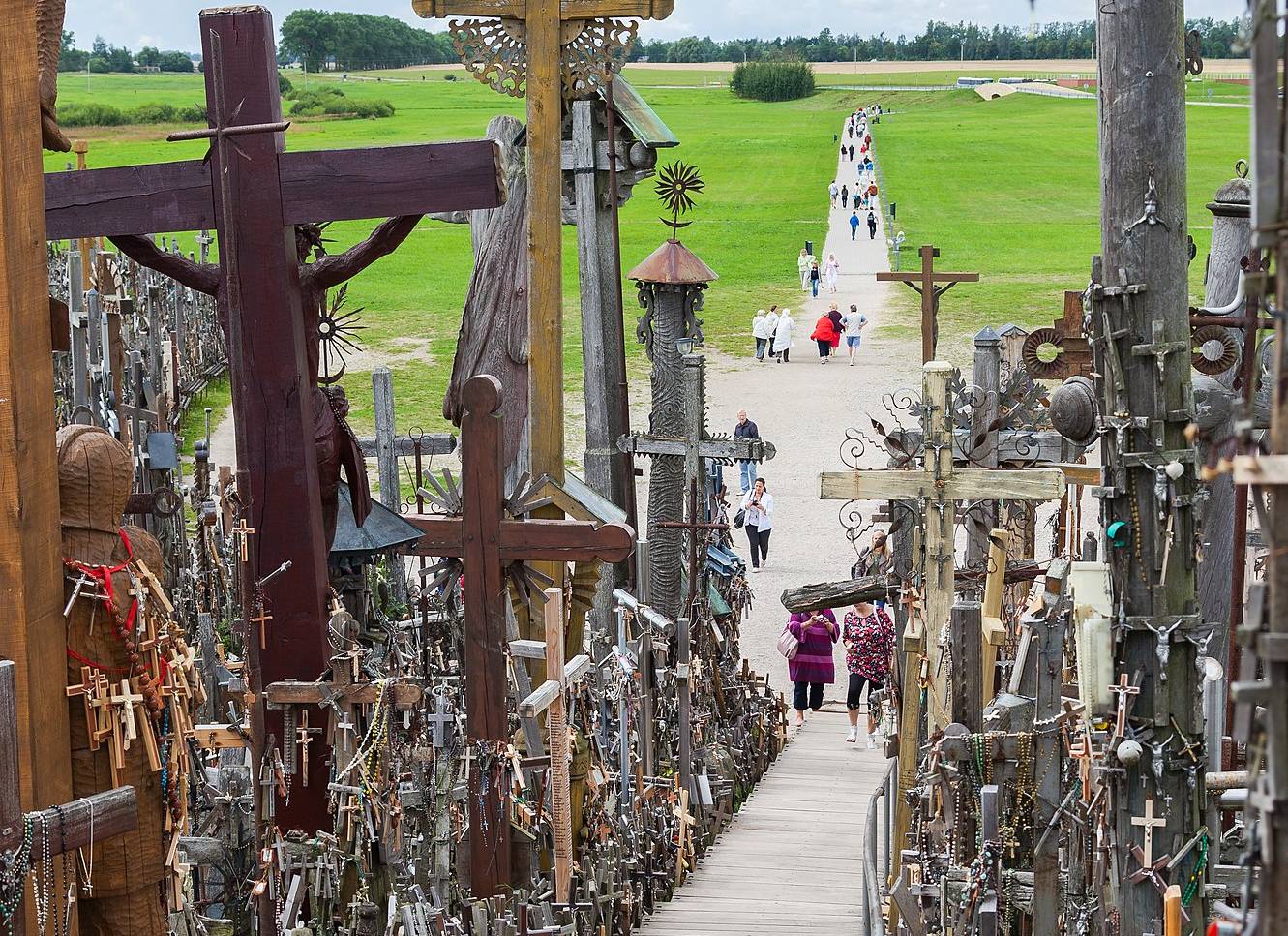 Diego Delso, CC BY-SA 3.0, Wikimedia Commons
Diego Delso, CC BY-SA 3.0, Wikimedia Commons
Lithuania's Hill Of Crosses
Another explanation has a miraculous bent to it. As the story goes, in the late 1800s, the Virgin Mary and baby Jesus made a ghostly appearance—and Mary made a pointed request. She asked her followers to place icons on this holy site.
However, whatever the truth may be, the Hill of Crosses might be one of the most resilient religious sites of all time.
 Diego Delso, CC BY-SA 3.0, Wikimedia Commons
Diego Delso, CC BY-SA 3.0, Wikimedia Commons
Lithuania's Hill Of Crosses
You see, the Soviet era was a dark time for the Hill of Crosses. Not only were people not allowed to visit it, but in 1961, the authorities obliterated it. However, the response of the locals was even more shocking.
Lithuania's Hill Of Crosses
Following the first destruction of the Hill of Crosses, the locals rallied together to rebuild it. However, even more tragedy followed. Authorities went on to destroy the hill another four times. Unfortunately for them, they were no match for the people. Operating at night, they put their own lives on the line to reconstruct the hill every time.
Luckily, there was a silver lining.
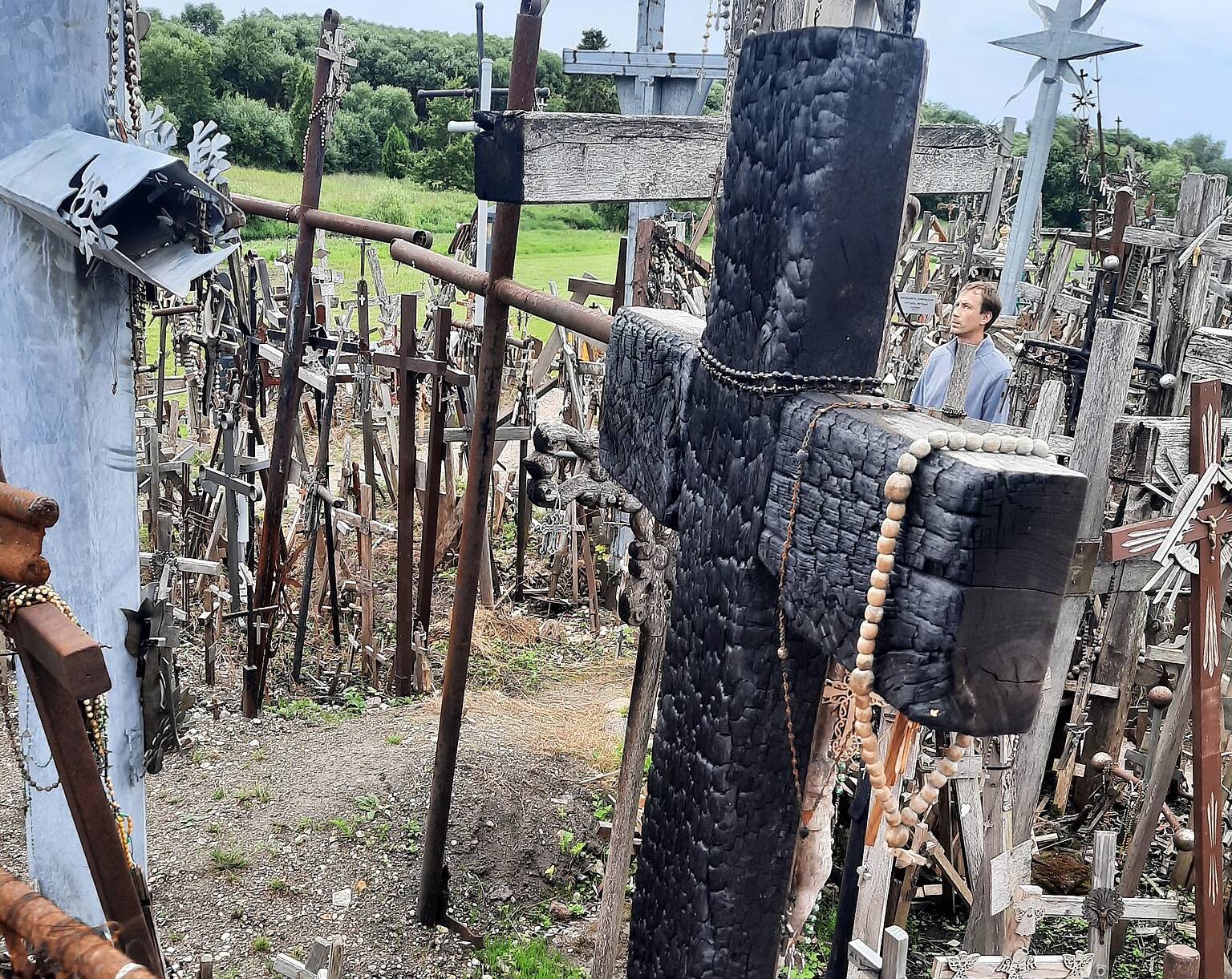 Hill of crosses, CC BY-SA 4.0, Wikimedia Commons
Hill of crosses, CC BY-SA 4.0, Wikimedia Commons
Lithuania's Hill Of Crosses
In 1991, the tides changed for the Lithuanian people. The country gained its independence, thereby allowing its citizens the freedom to practice their religions. However, the site is not immune to the changing world.
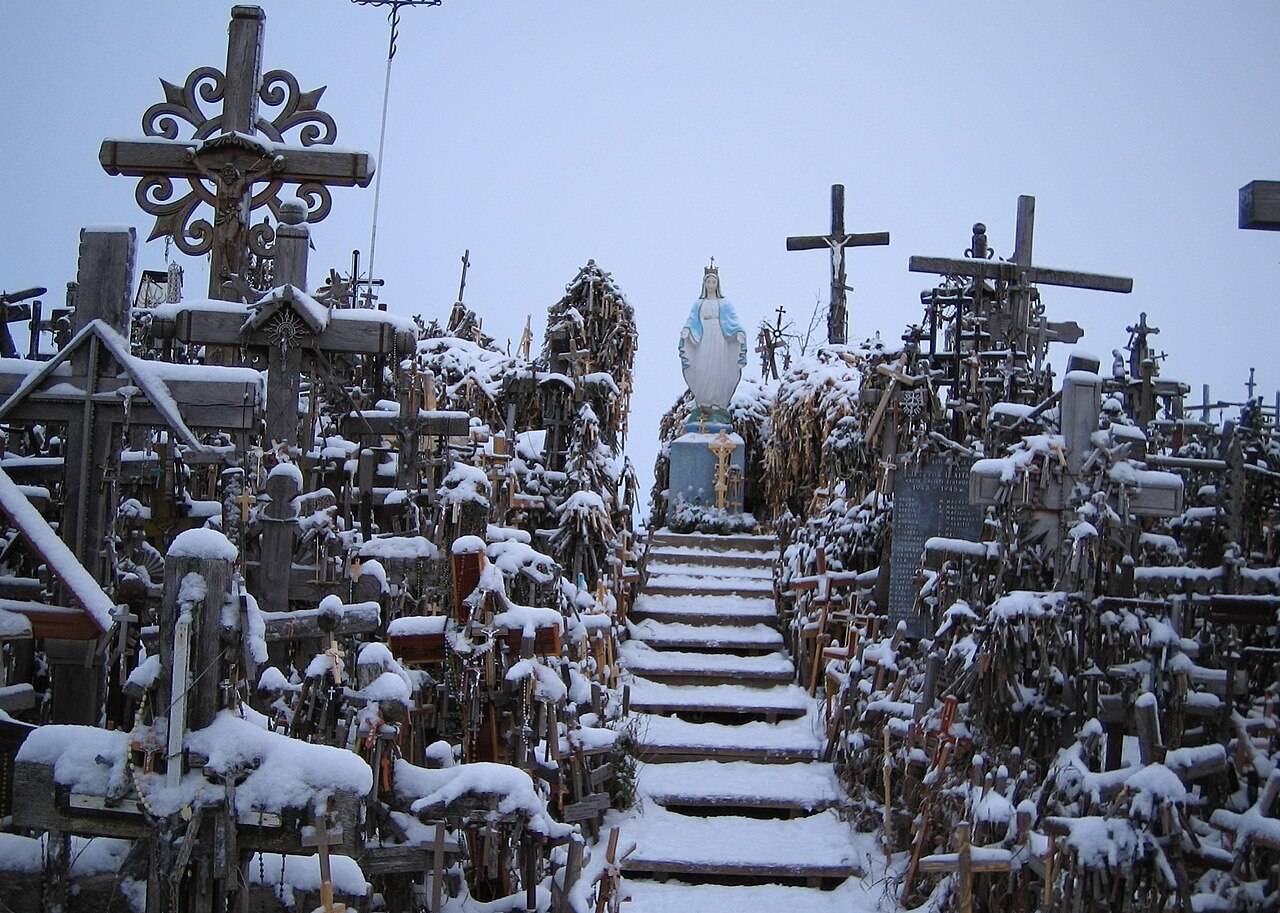 TimoM, CC BY-SA 4.0, Wikimedia Commons
TimoM, CC BY-SA 4.0, Wikimedia Commons
Lithuania's Hill Of Crosses
More and more Lithuanians are leaving the country's rural areas—and this directly affects the fate of the Hill of Crosses. The art of making crosses is slowly dying as fewer young people take on the specialized craft.
 yeowatzup, CC BY 2.0, Wikimedia Commons
yeowatzup, CC BY 2.0, Wikimedia Commons
Lithuania's Hill Of Crosses
As well, there is no group dedicated to upkeeping the site. Instead, a mish-mash of volunteers and organizations do their best to keep it in good condition. However, if its history is any indication, the Hill of Crosses isn't going anywhere anytime soon—and continues to draw tourists every year.
Lithuania's Hill Of Crosses
The director of the Šiauliai Tourism Information Center in 2018, Rūta Stankuvienė, made a poignant comment about the Hill of Crosses: “...The doors of this place are always open because there are no doors at all. Here, nature mingles with culture, including any person in the completely unique experience".
 Diego Delso, CC BY-SA 3.0, Wikimedia Commons
Diego Delso, CC BY-SA 3.0, Wikimedia Commons
Germany's Abandoned Hospital
Beelitz-Heilstätten is an abandoned hospital in Germany. Though its extremely creepy remains are enough to make your hair stand on end, its harrowing backstory makes it even creepier.
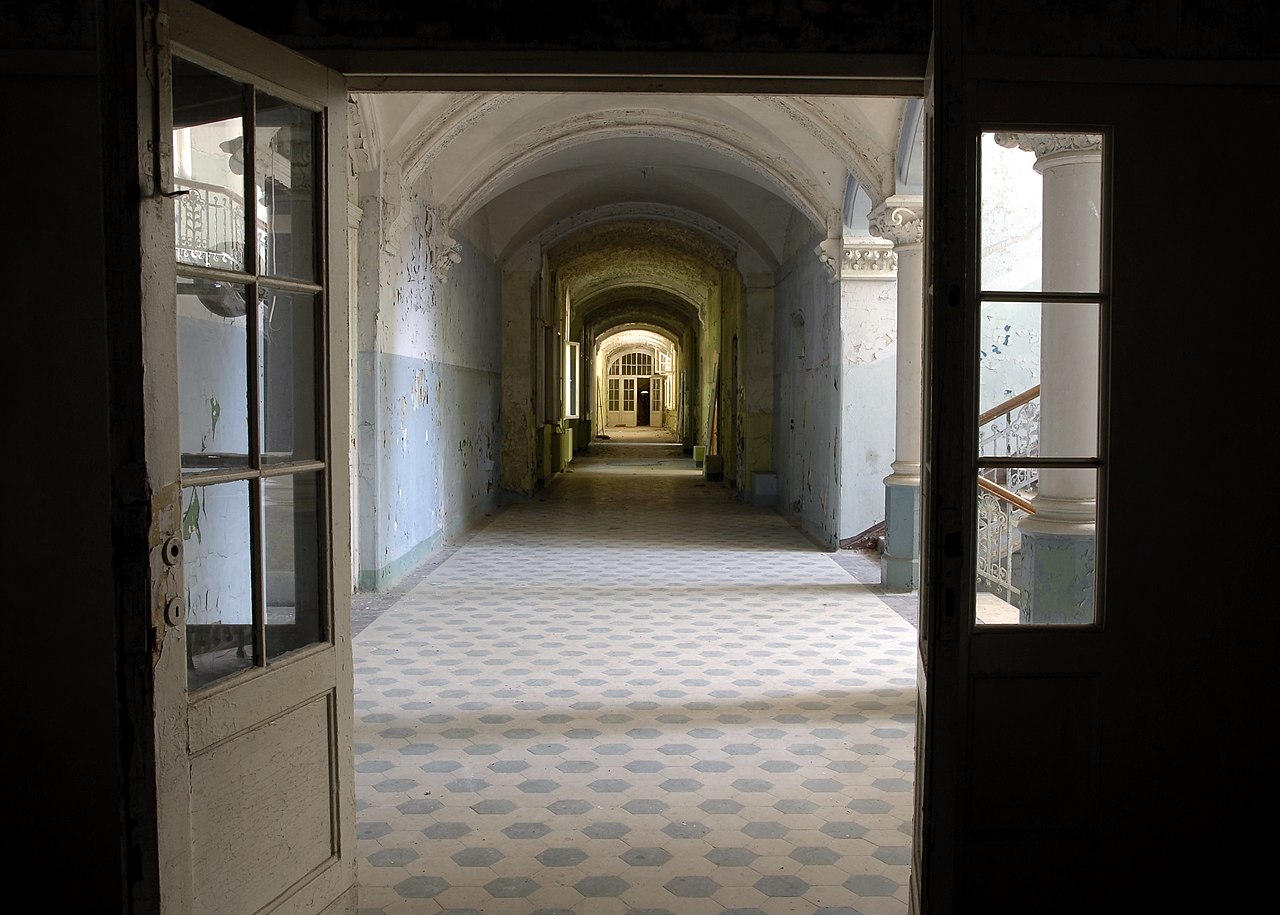 Chad W, CC BY 2.0, Wikimedia Commons
Chad W, CC BY 2.0, Wikimedia Commons
Germany's Abandoned Hospital
30 miles outside of Berlin, one can visit Beelitz-Heilstätten—a complex that first opened in 1898 and operated as a tuberculosis sanatorium. This enormous hospital included 60 buildings.
But once WWI began, it took on a whole new objective.
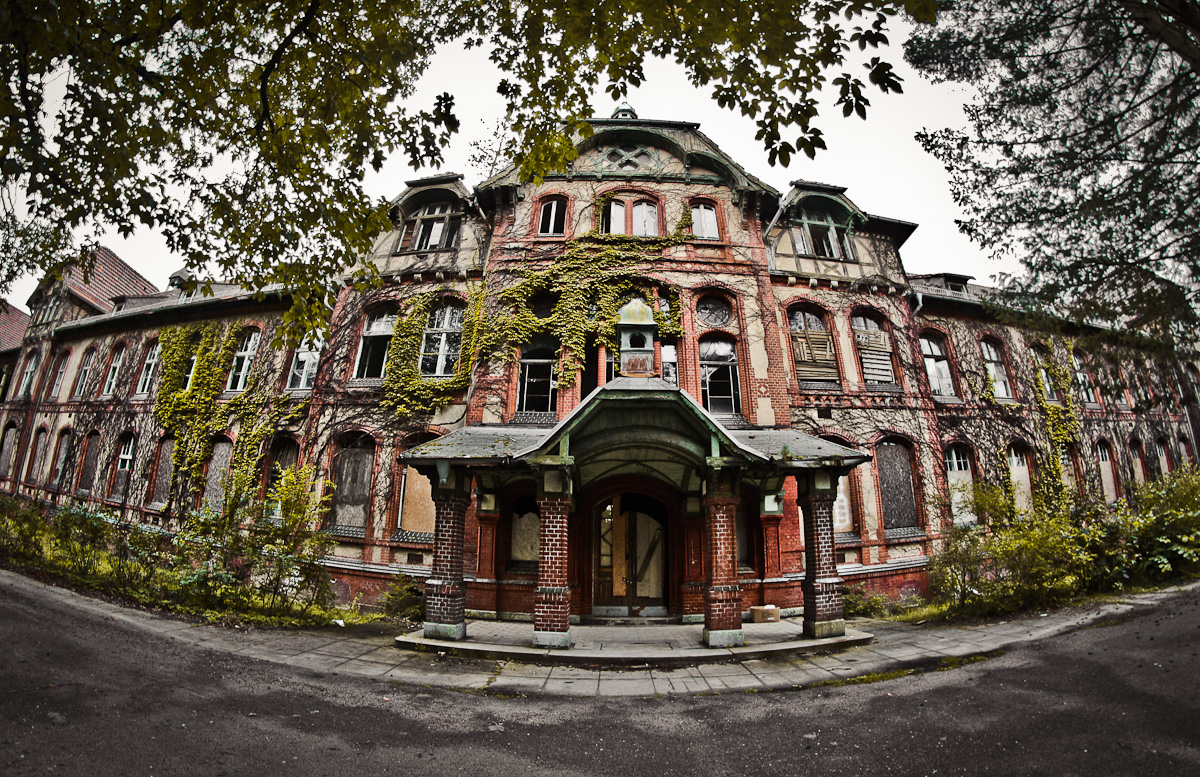 qbanez, CC BY 3.0, Wikimedia Commons
qbanez, CC BY 3.0, Wikimedia Commons
Germany's Abandoned Hospital
The Imperial German Army took full advantage of Beelitz-Heilstätten's sprawling facilities, transforming it into a field hospital for the army. Even a young Adolf Hitler sought treatment within its walls; he'd been injured during the Battle of the Somme.
But this wasn't the hospital's last brush with the consequences of bloody battles.
 Deutsche Bauzeitung, Wikimedia Commons
Deutsche Bauzeitung, Wikimedia Commons
Germany's Abandoned Hospital
During WWII, wounded German officers found refuge at Beelitz-Heilstätten. However, in 1945, it underwent another dramatic change. The Red Army forces took over the hospital and dug their claws in deep.
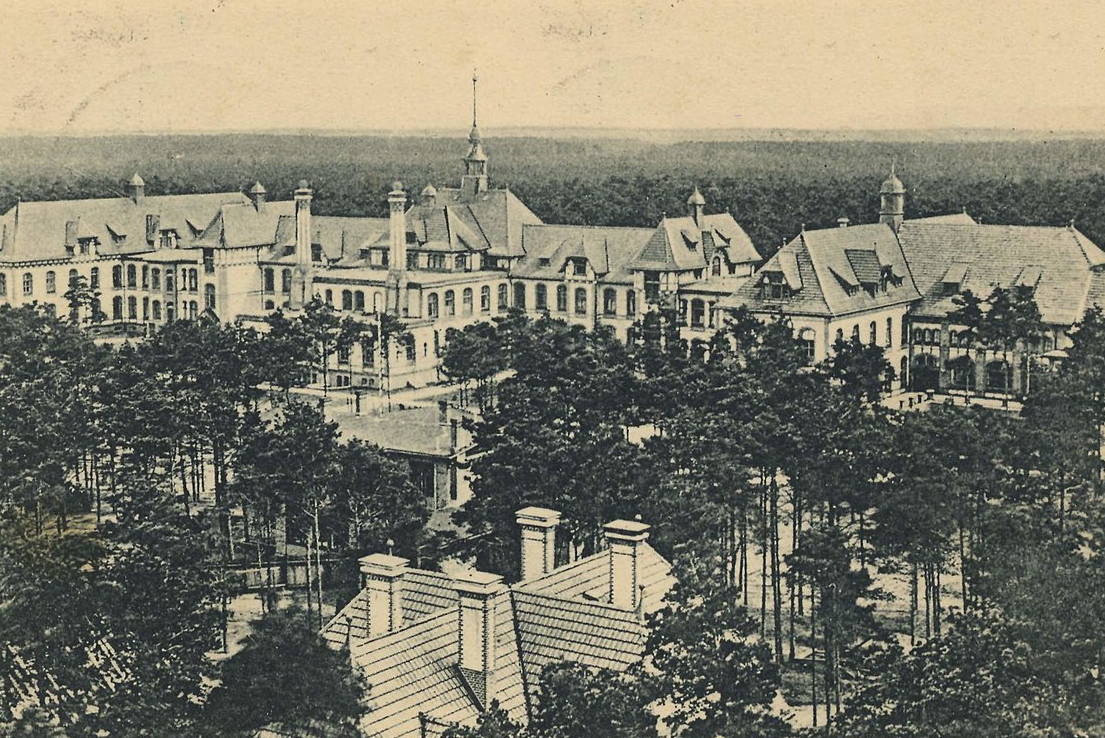 ImageZeno.org, Wikimedia Commons
ImageZeno.org, Wikimedia Commons
Germany's Abandoned Hospital
The Soviet army maintained control of the hospital for decades—up until 1994. During their occupation, one of the hospital's most notorious patients was none other than Erich Honecker who faced a diagnosis of liver cancer. Honecker was the former leader of the German Democratic Republic.
So, how did such a powerful and long-lasting hospital end up abandoned?
Germany's Abandoned Hospital
Once the Soviet army relinquished its hold on Beelitz-Heilstätten and retreated, it was ready to begin a new chapter. Except, that new chapter never really arrived. Though some tried to convert the complex into a private hospital, none succeeded.
Germany's Abandoned Hospital
Today, only isolated areas of the hospital remain in operation. There's a neurological hospital, a children's rehabilitation clinic, a nursing home, and a nursing academy. However, the majority of this dilapidated hospital remains completely empty and unused.
Hollywood, however, has definitely descended upon it several times.
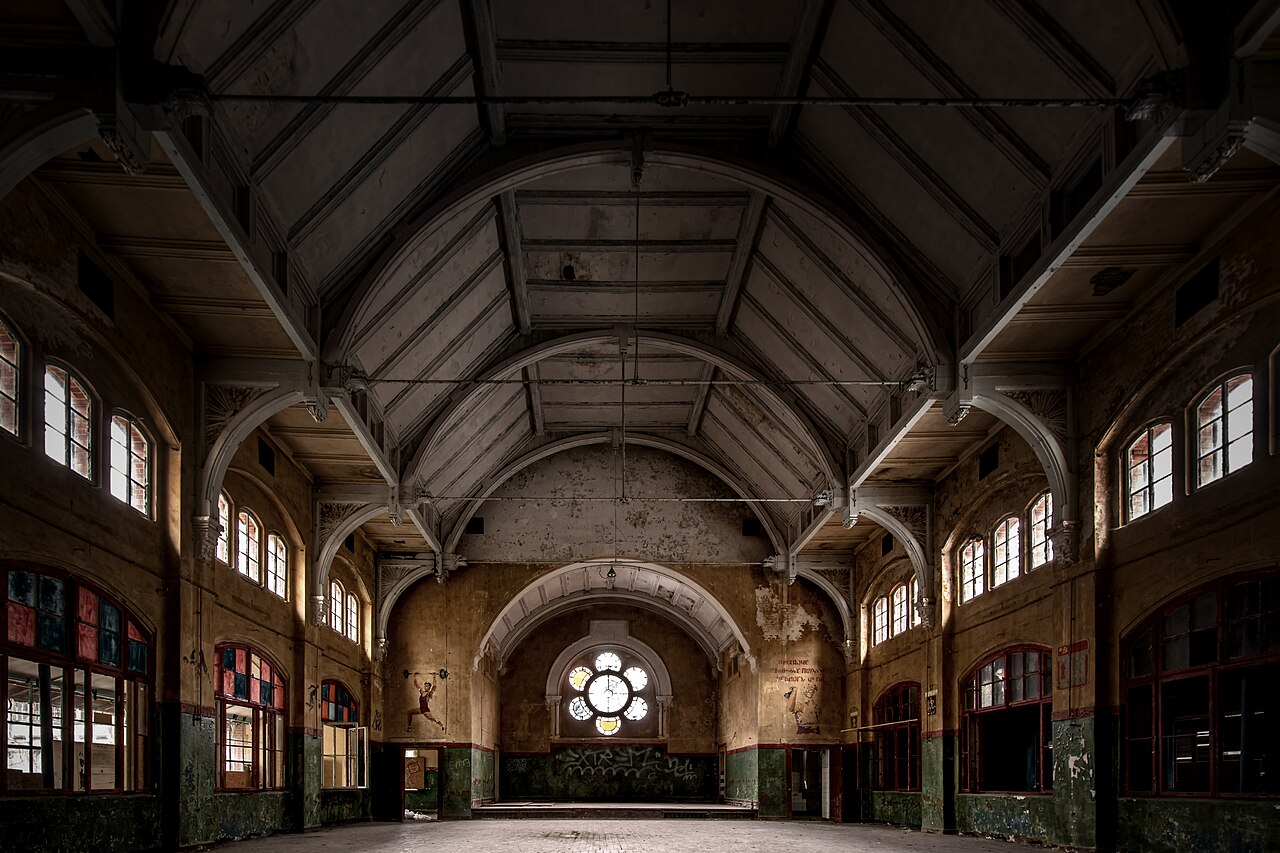 Marco Nürnberger, CC BY 2.0, Wikimedia Commons
Marco Nürnberger, CC BY 2.0, Wikimedia Commons
Germany's Abandoned Hospital
Two famous movies have used Beelitz-Heilstätten as a filming location: 2002's The Pianist, and 2008's Valkyrie. There is undoubtedly something cinematic about the hospital's grand, yet decrepit, halls and rooms.
Tragically, though, true nightmares have transpired at this site.
Germany's Abandoned Hospital
Back in 1991, a notorious man named Wolfgang Schmidt brutally took the lives of two people: a Soviet doctor's wife and three-month-old baby. This slaying transpired just 800 meters away from the hospital. But this wasn't the only tragedy to occur at Beelitz-Heilstätten.
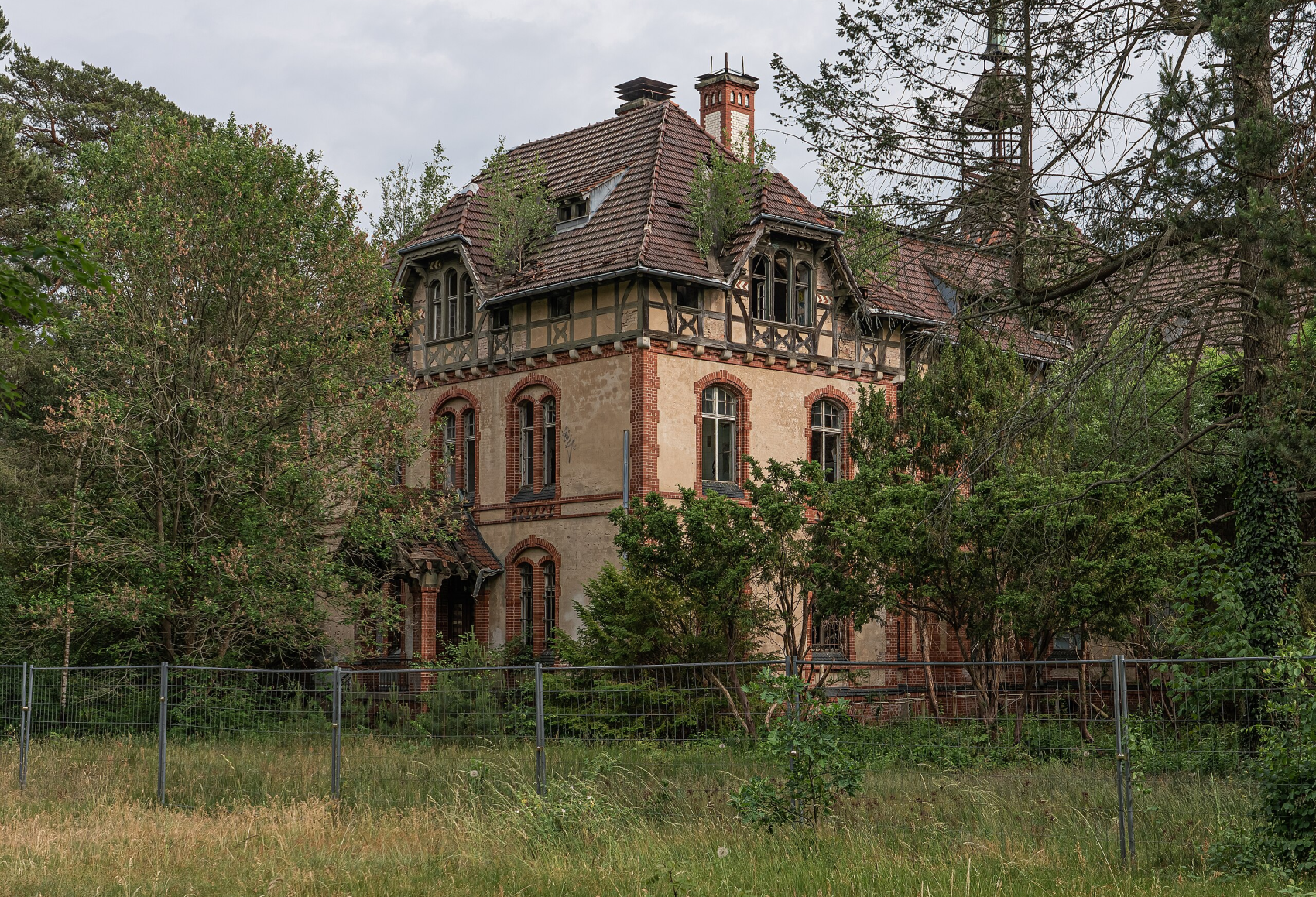 A.Savin, FAL, Wikimedia Commons
A.Savin, FAL, Wikimedia Commons
Germany's Abandoned Hospital
In 2010, a 25-year-old man was on the fourth floor when he tumbled out of one of the windows. He didn't survive his extensive injuries. Only days after this horror came to pass, another man plummeted down a deep shaft and lost his life as well.
Germany's Abandoned Hospital
Beelitz-Heilstätten has undoubtedly seen its fair share of pain and loss—both in recent years and throughout history. Mostly abandoned and with its air of creepiness, it continues to fascinate and freak people out in equal measure.
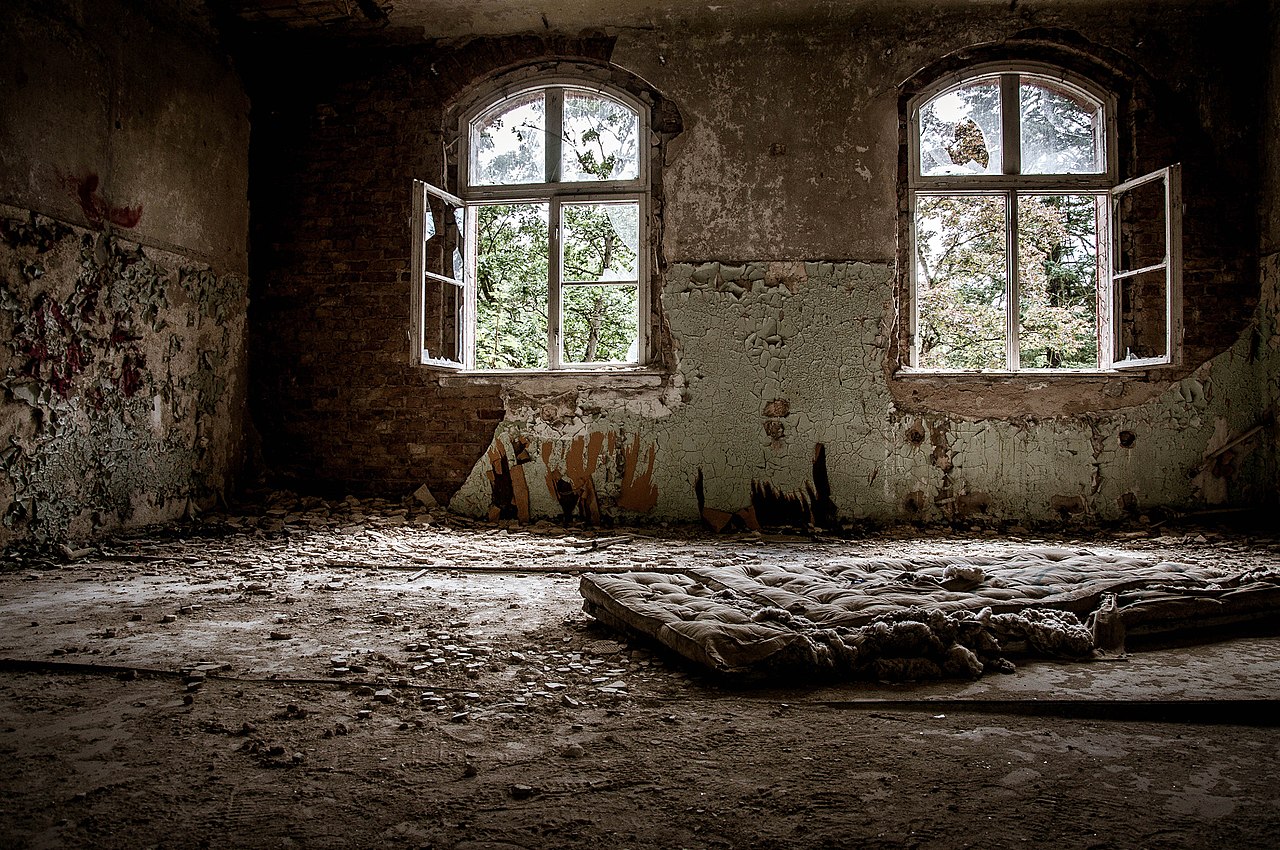 Michael Lehmann, CC BY 3.0, Wikimedia Commons
Michael Lehmann, CC BY 3.0, Wikimedia Commons
The Stanley Hotel In Colorado
Now, if there's any hotel that deserves to be on this list it's the Stanley Hotel in Estes Park, Colorado. After all, it's the 140-room monstrosity that inspired Stephen King's terrifying novel, The Shining.
The Stanley Hotel In Colorado
The origins of The Stanley Hotel are a bit hazy, but they definitely began with one man named Freelan Oscar Stanley. Stanley, ill with consumption, decided to spend time in Estes Valley.
One story claims that he hoped to recover, while other sources state that he wanted to spend his final days in a gorgeous setting.
 Unknown Author, Wikimedia Commons
Unknown Author, Wikimedia Commons
The Stanley Hotel In Colorado
Luckily for Stanley, it wasn't his time quite yet. After spending a summer in the valley, he regained his strength and health. He believed that the glorious sunshine and clean air contributed to his speedy recovery. His enjoyment of the area gave him a life-changing idea.
 Ontherocks108, CC BY-SA 4.0, Wikimedia Commons
Ontherocks108, CC BY-SA 4.0, Wikimedia Commons
The Stanley Hotel In Colorado
Stanley and his wife Flora decided to put down some roots in Estes Valley. They wanted to construct a sprawling, luxurious hotel and have it surrounded by greenery and rough mountains. Despite being in stark contrast to its setting, it would be a lavish getaway.
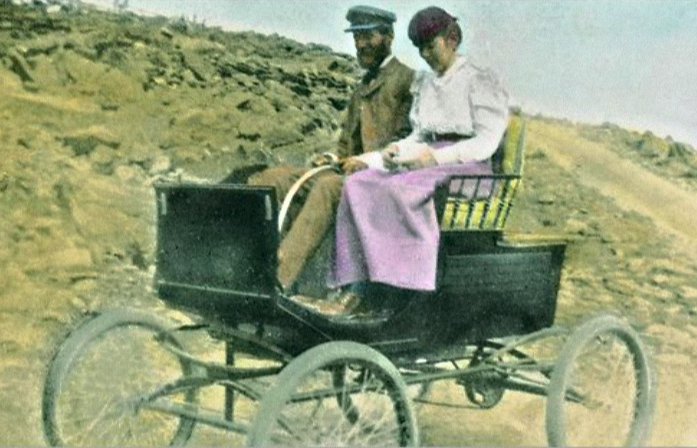 Unknown Author, Wikimedia Commons
Unknown Author, Wikimedia Commons
The Stanley Hotel In Colorado
In 1909, their dreams came to fruition and the doors of the Stanley Hotel opened to the public. Guests could enjoy the modern amenities while also losing themselves to the nature around them. But as the decades passed, the hotel underwent a grim transformation.
The Stanley Hotel In Colorado
By the time the '70s rolled around, the Stanley Hotel was a sad echo of what it used to be—rundown and not well cared for. No longer a shiny, new getaway, it could have easily met a sad end.
However, in 1974, one famous guest arrived and stayed for one fateful night.
The Stanley Hotel In Colorado
Stephen King, known as the "King of Horror," arrived on the steps of the Stanley Hotel that year, oblivious to the fact that he was about to have an unforgettable experience.
 Alex Gotfryd, Wikimedia Commons
Alex Gotfryd, Wikimedia Commons
The Stanley Hotel In Colorado
According to King, on the day he checked into the Stanley Hotel, he and his wife were the only guests there: “It was their last day of the season. Everybody was leaving and nobody was coming in, and we said, ‘Can we check in?'"
 Kaul Photo and Cinema, Shutterstock
Kaul Photo and Cinema, Shutterstock
The Stanley Hotel In Colorado
That evening, King and his wife ate their meals all alone in a deserted, packed-up dining room. It was an eerie dining experience, with orchestral music trickling down the corridors. However, when the couple returned to Room 217 to unwind for the night, something even more unnerving happened.
 Larry D. Moore, CC BY 4.0, Wikimedia Commons
Larry D. Moore, CC BY 4.0, Wikimedia Commons
The Stanley Hotel In Colorado
When King went to sleep that night, he endured a haunting nightmare—one where he had to watch his terrified son run screaming down the hotel's hallways, pursued by a vicious fire hose.
 Larry D. Moore, CC BY 4.0, Wikimedia Commons
Larry D. Moore, CC BY 4.0, Wikimedia Commons
The Stanley Hotel In Colorado
King woke up drenched in sweat, and later confessed, "I got up, lit a cigarette, sat in a chair looking out the window at the Rockies, and by the time the cigarette was done, I had the bones of The Shining firmly set in my mind".
 Warner Bros, The Shining (1980)
Warner Bros, The Shining (1980)
The Stanley Hotel In Colorado
Though The Shining, and its eventual film adaptation, catapulted the Stanley Hotel into a new realm of fame, King's experience in Room 217 certainly wasn't the first creepy story to come out of the establishment—or even Room 217, for that matter.
 Warner Bros, The Shining (1980)
Warner Bros, The Shining (1980)
The Stanley Hotel In Colorado
Let's rewind all the way back to June 25, 1911. At this time, the Stanley Hotel was just two years old. However, due to a flood, the building lost power. Freelan Stanley himself tried to remedy the darkness by placing a gas lantern in every suite.
However, this went terribly wrong when a leak occurred, causing gas to accumulate in Room 217.
 Larry D. Moore, CC BY 4.0, Wikimedia Commons
Larry D. Moore, CC BY 4.0, Wikimedia Commons
The Stanley Hotel In Colorado
A real-life horror story ensued when an unwitting chambermaid named Elizabeth Wilson stepped into Room 217. Because she entered with a burning candle, she set off an unforgettable blast—the force of which threw her all the way to the dining hall. Somehow, she survived.
The Stanley Hotel In Colorado
In the wake of the explosion, about 10% of the hotel sustained some serious damage. According to one witness, they even saw a bathtub catapulted into the air. Surprisingly, though, the debacle didn't seem to discourage Wilson.
After recovering from a coma, she returned—and stayed at the Stanley Hotel for the next 39 years. But even this isn't the end of her story.
 Sgerbic, CC0, Wikimedia Commons
Sgerbic, CC0, Wikimedia Commons
The Stanley Hotel In Colorado
You see, Elizabeth Wilson's ghost is said to haunt Room 217—the very same room Stephen King stayed in during his visit. However, Wilson isn't a nefarious spirit at all. Guests have claimed that she cleans up behind their backs, sometimes even neatly folding their garments.
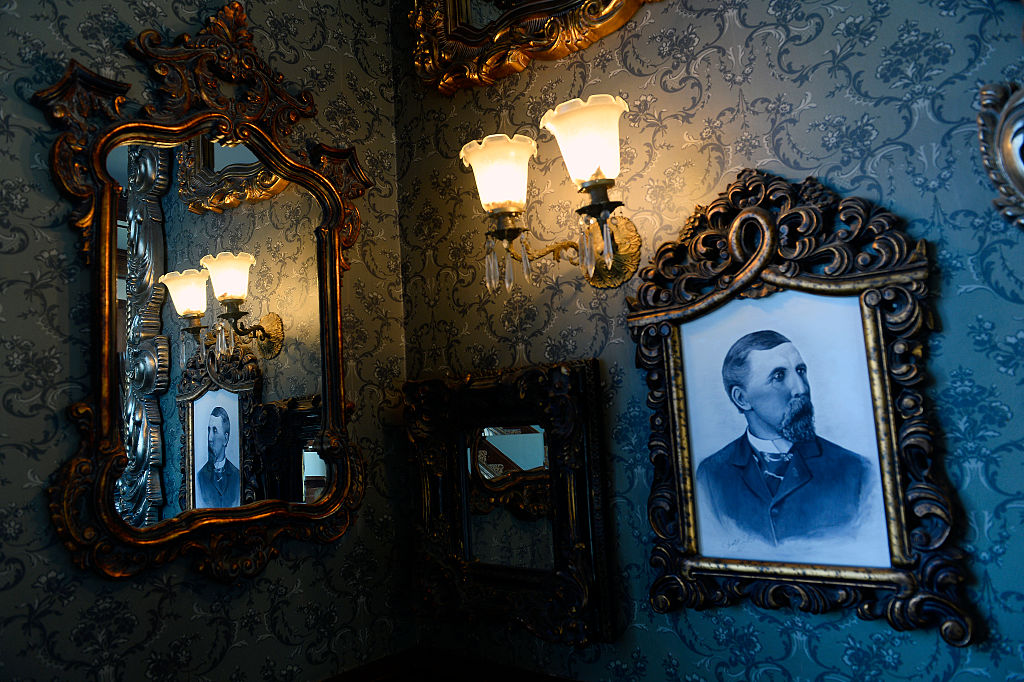 Helen H. Richardson, Getty Images
Helen H. Richardson, Getty Images
The Stanley Hotel In Colorado
All in all, Room 217 seems to be a pretty safe place to lay one's head—but there is a catch. If you just happen to be an unmarried couple, you might be in for an unsettling experience.
Apparently, unmarried couples have felt a negative presence in bed with them. But they aren't the only ones to make reports of paranormal activity.
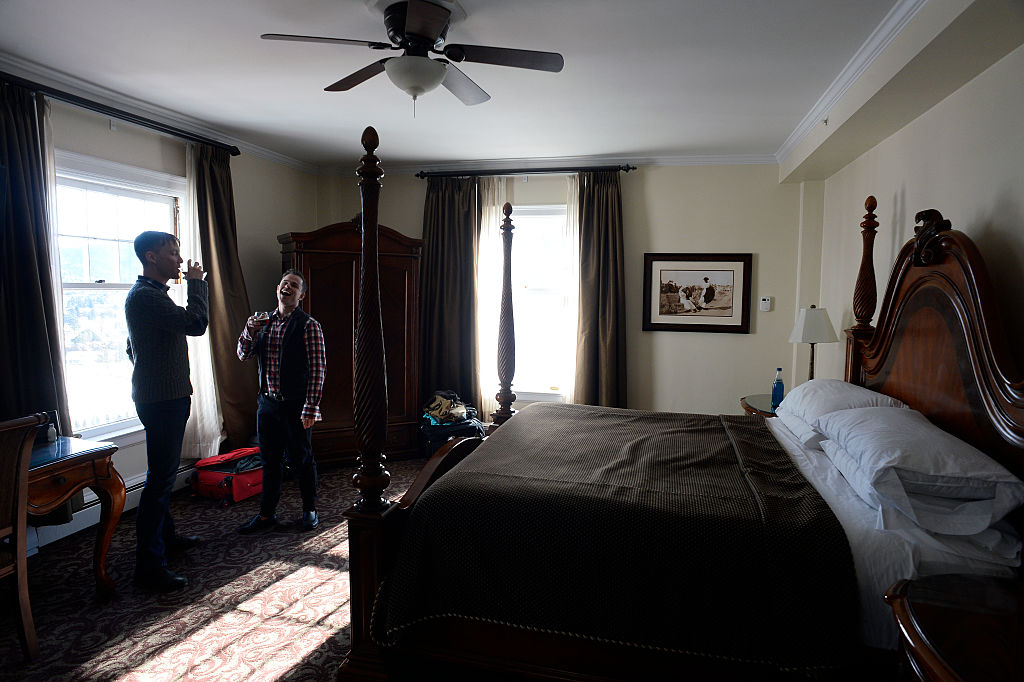 Helen H. Richardson, Getty Images
Helen H. Richardson, Getty Images
The Stanley Hotel In Colorado
Among the supposed ghosts at the Stanley Hotel are the founders themselves: Freelan and Flora. Allegedly, Freelan has been spotted in the billiard room and bar, while Flora has been known to tickle the piano keys once in a while.
 ajmexico, CC BY 2.0, Wikimedia Commons
ajmexico, CC BY 2.0, Wikimedia Commons
The Stanley Hotel In Colorado
Perhaps the room best avoided is Room 401, as the ghost of a nasty man is said to haunt it. Several women have come forward with unfortunate experiences in the closet, claiming that something had touched them in an improper way.
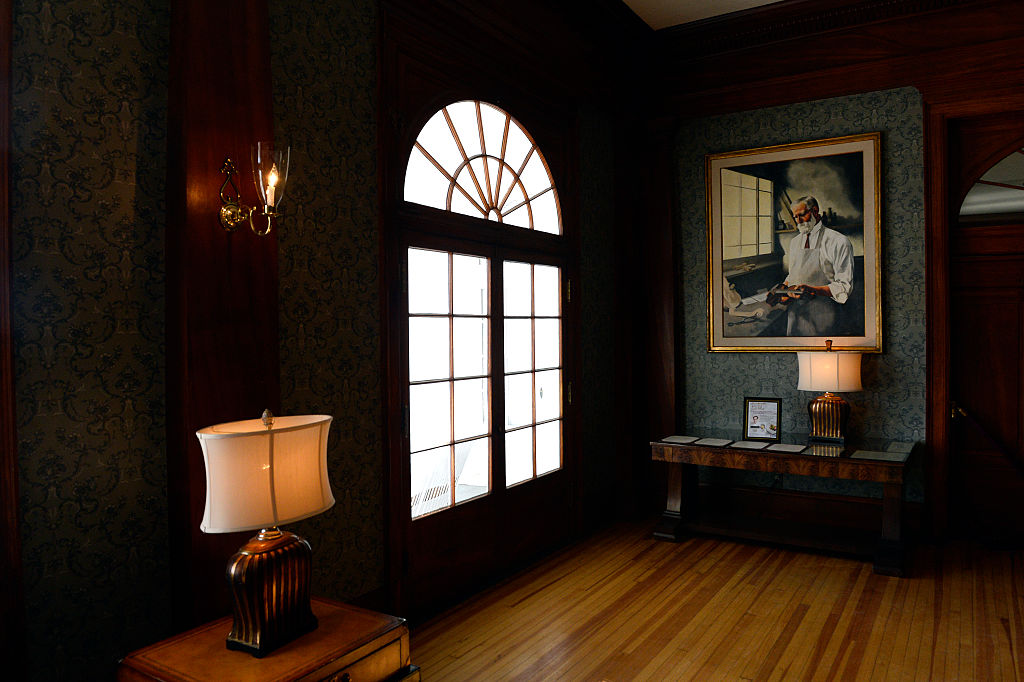 Helen H. Richardson, Getty Images
Helen H. Richardson, Getty Images
The Stanley Hotel In Colorado
Another guest claimed to see his wedding ring moved by an invisible force from the safety of the counter—and unceremoniously dropped down the bathroom sink's drain.
The Stanley Hotel In Colorado
Based on these accounts, and many more, it seems that the Stanley Hotel is overrun by ghosts—all with their unique personalities and habits. In fact, it's this very reputation that keeps people coming back.
 Larry D. Moore, CC BY 4.0, Wikimedia Commons
Larry D. Moore, CC BY 4.0, Wikimedia Commons
The Importance Of Creepy Destinations
These creepy places have earned their reputations for many different reasons. Whether it be through their physical appearance, history, or sordid reputations, these destinations have a way of unsettling any who visits them.
I, for one, believe that any place that has the power to awaken strong feelings has an important story to tell—even if that story is downright chilling.
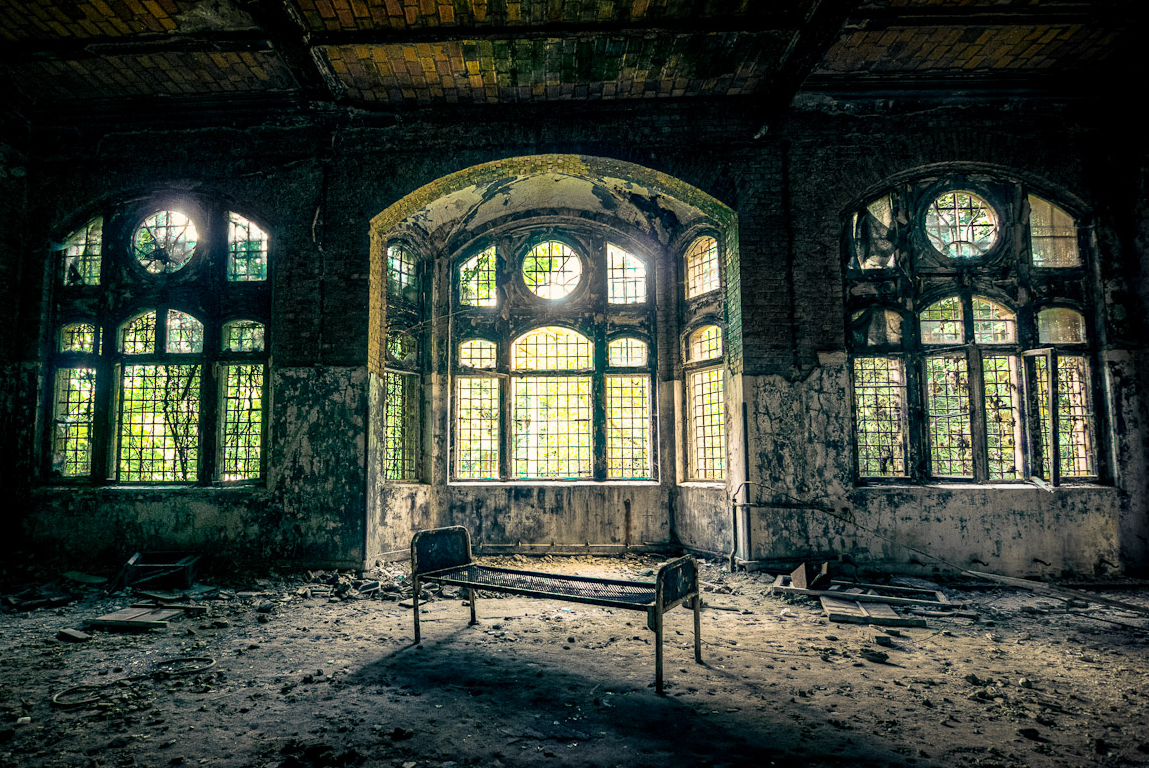 Michal Huniewicz, CC BY 3.0, Wikimedia Commons
Michal Huniewicz, CC BY 3.0, Wikimedia Commons






